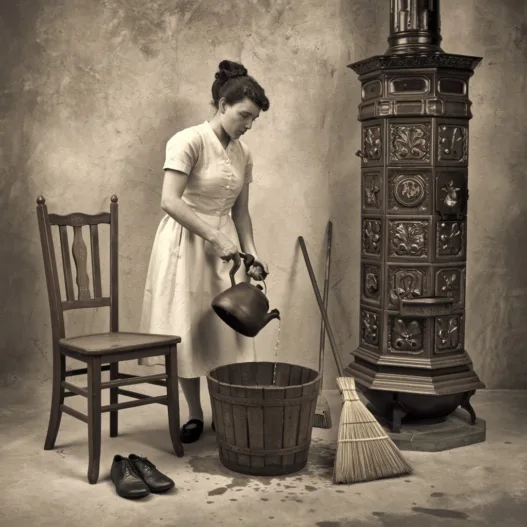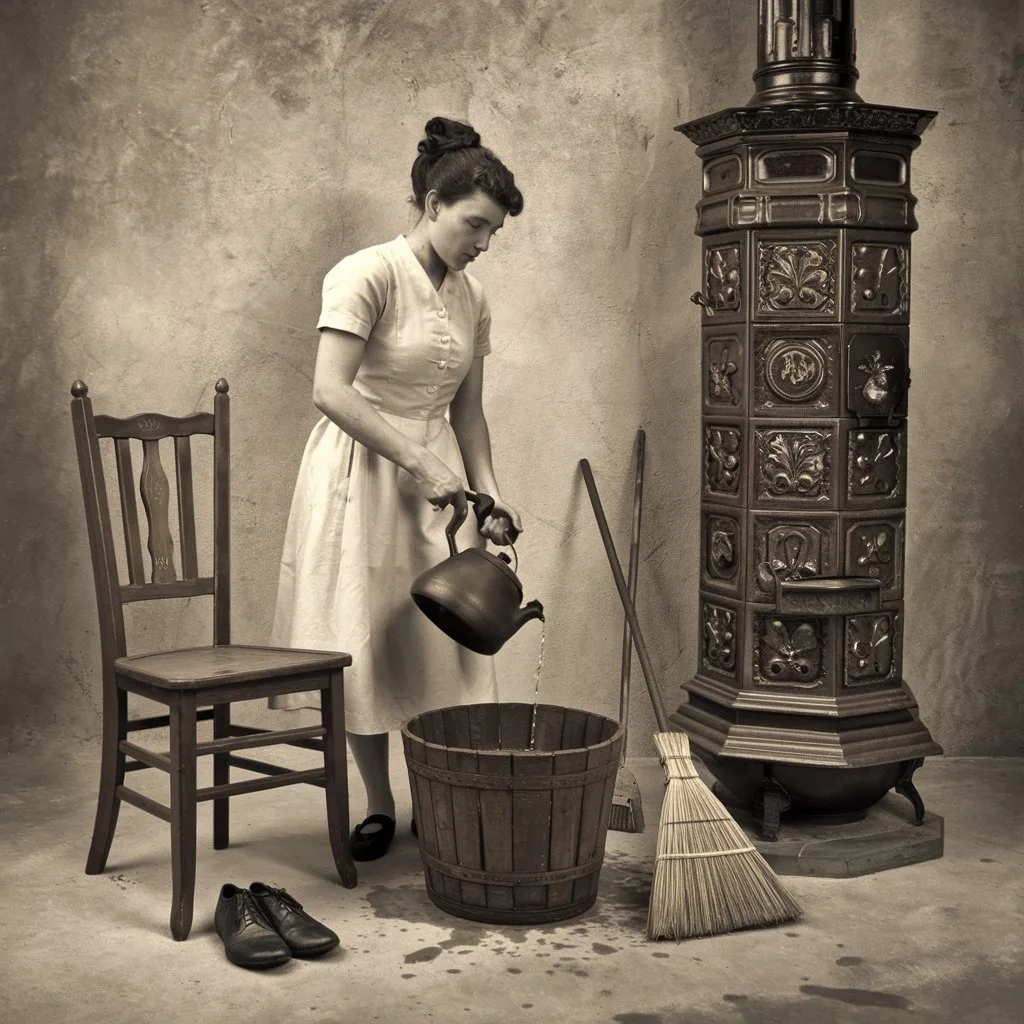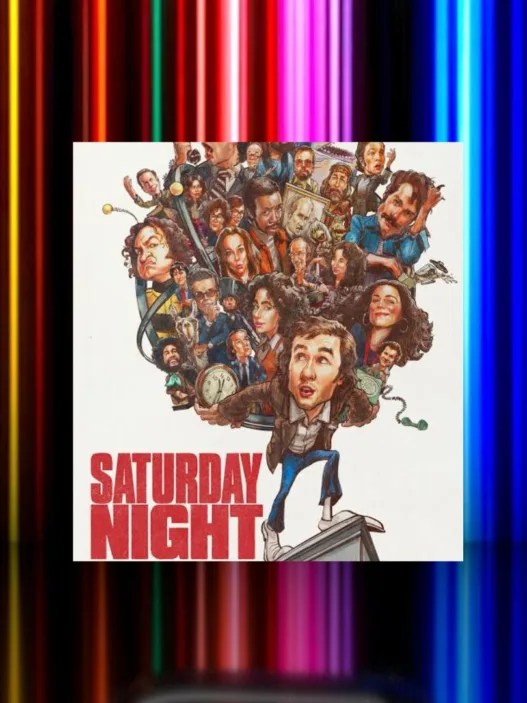The cowboy era and the Wild West are such important aspects of American history and culture today. Whether you grew up playing cowboys with your peers during recess or dressed up as a cowboy or cowgirl for Halloween, it’s apparent that our Western pioneer forebears left an indelible impression on us.
And when we think of the Wild, wild west, we normally presume that their hygiene and living practices should have been more modern, given that it was the nineteenth century. However, it turns out that their lifestyle patterns were far from what you may have thought – after all, their entire mission was to explore unexplored territory and help expand the country. Let’s delve deep and see what our forefathers were up to when it came to being healthy and clean!
What Are the Origins of Chewing Tobacco?
Aside from the fact that tobacco is addictive, there was a reason why so many people chewed it back then. The moisture from the chew helped to salivate their mouths, which was extremely soothing while they were out and about in the dry and dusty plains outdoors.
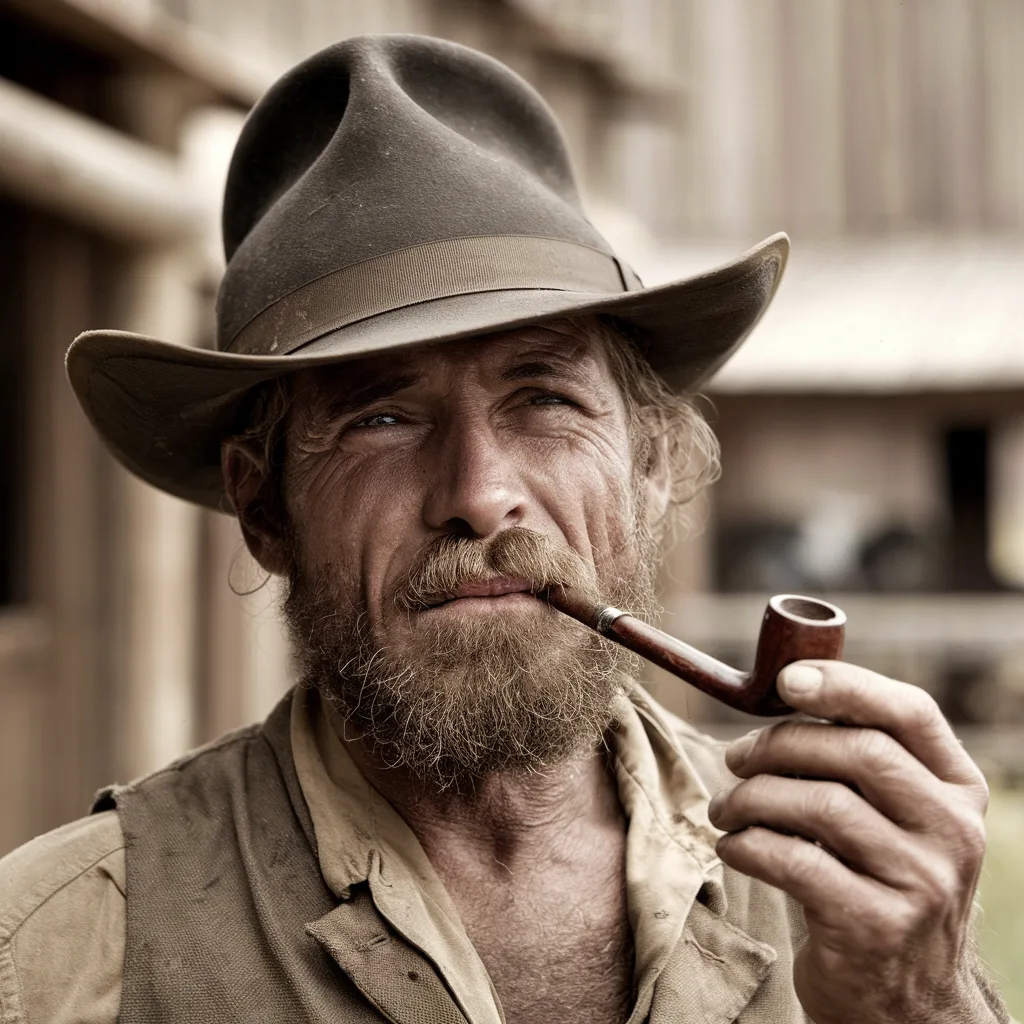
During its peak usage in the nineteenth century, saloons employed a basin for spitting. These cups were called “spittoons” and were commonly found at taverns, pubs, stores, and banks. They were full of used tobacco, which was not a pleasant sight for the eyes.
Why Sleeping in Straw Beds Wasn’t Sanitary
Can you imagine having a straw and hay bed today? And, on top of that, no bed frame? That was pretty much the way things were back then. The level of comfort was not an issue because it was preferable to sleeping on the floor. However, maintaining healthy hygienic practices was a challenge.
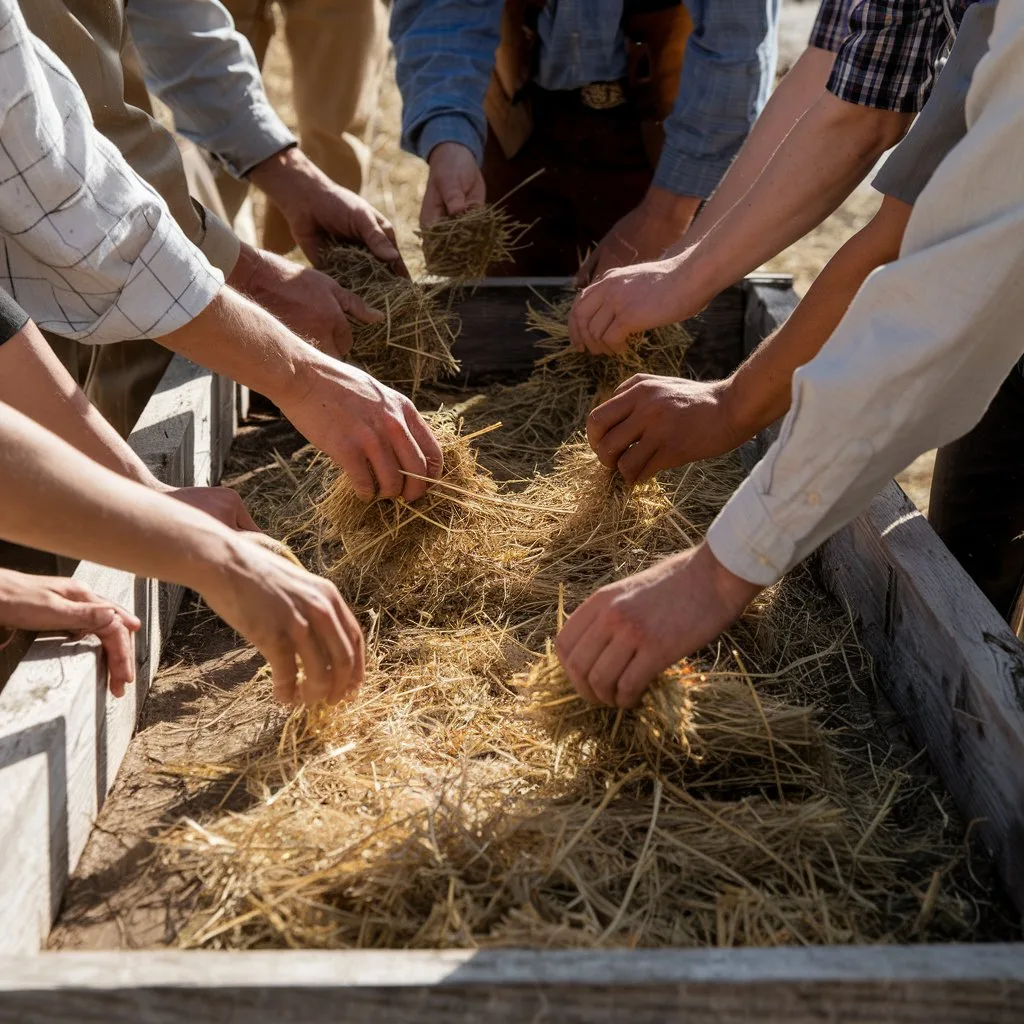
Unfortunately, replacing the straws as frequently as they should have was not always an option. This resulted in bug and lice problems since particular insects preferred breeding in heated straw – terrible!
What Went Into Soaps
There are many different soaps to pick from these days. The list of body and hand wash brands includes Aveeno, Dial, Dove, and Olay! Even though there were fewer brand-name soap options back then, this does not imply that soaps did not exist. In truth, their components and recipes were very easy!
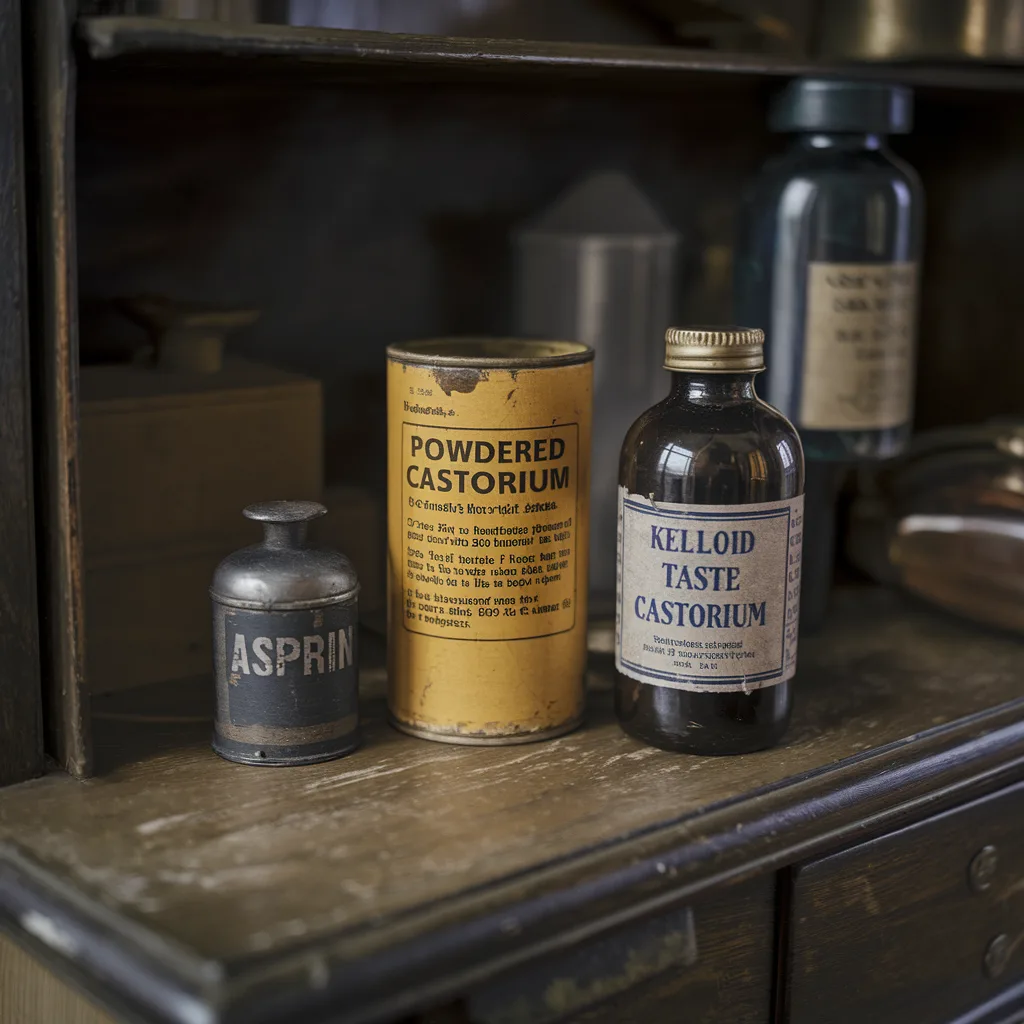
The majority of them used some form of animal fat, lye, water, and herbs for added scent and effects. “Soap Plant” a.k.a. Chlorogalum Pomeridianum a.k.a. “Amole” was a Southwestern plant used to produce soap lathery.
Why Women Started Caring About Their Skin
Many of us are excited to get into summer mode and spend our days by the pool sunbathing off the sun’s wonderful beams. However, back then, the situation was completely different. Women loved having porcelain skin and being free of imperfections, therefore they avoided the sun and wore garments that covered the majority of their bodies.
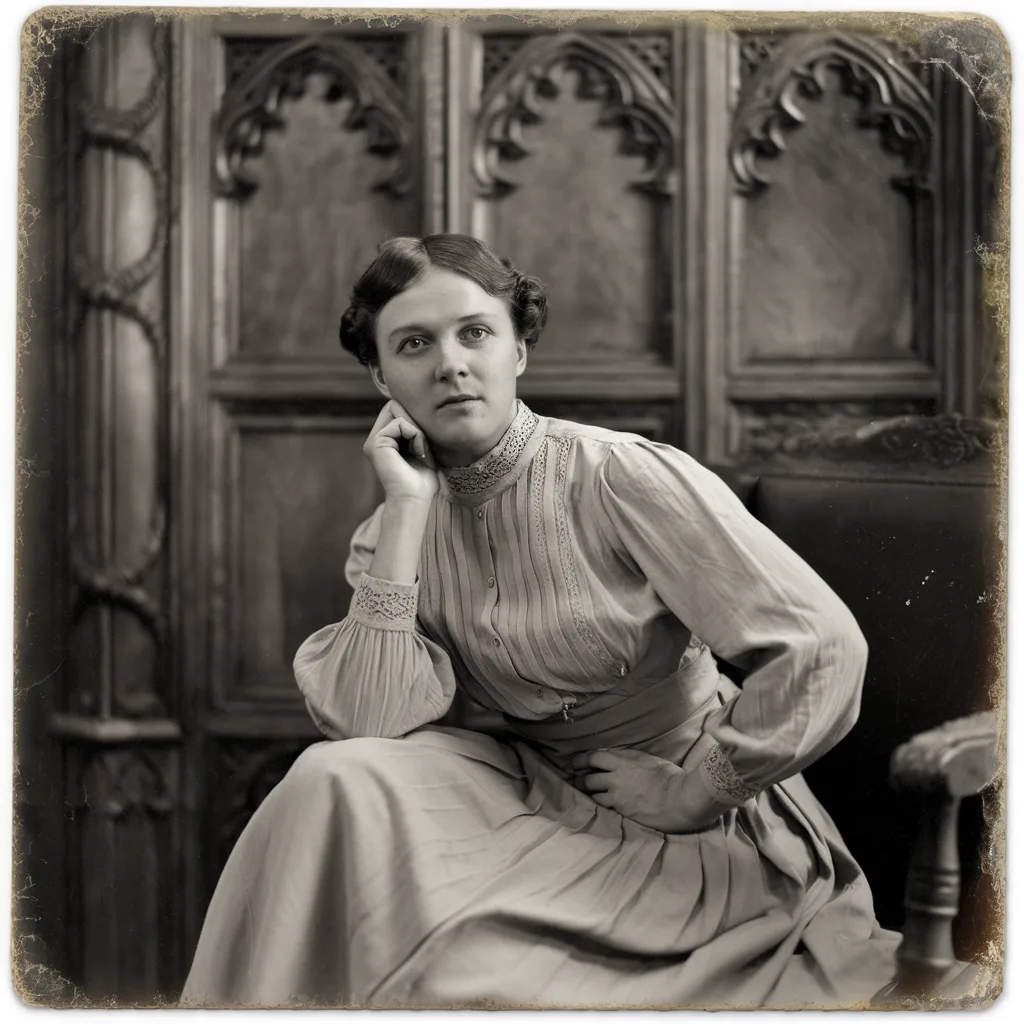
They didn’t admire it solely for its beauty. When the Industrial Revolution came to a close, people began to realize the significance of staying out of the sun and protecting their skin, and many manual labor jobs were moved indoors if possible.
How They Got Drinking Water
The United States’ push into the western region began in the early 1800s, and by that time, suitable irrigation and water purifying systems had been established. However, transporting all of those systems to unexplored areas is not straightforward.
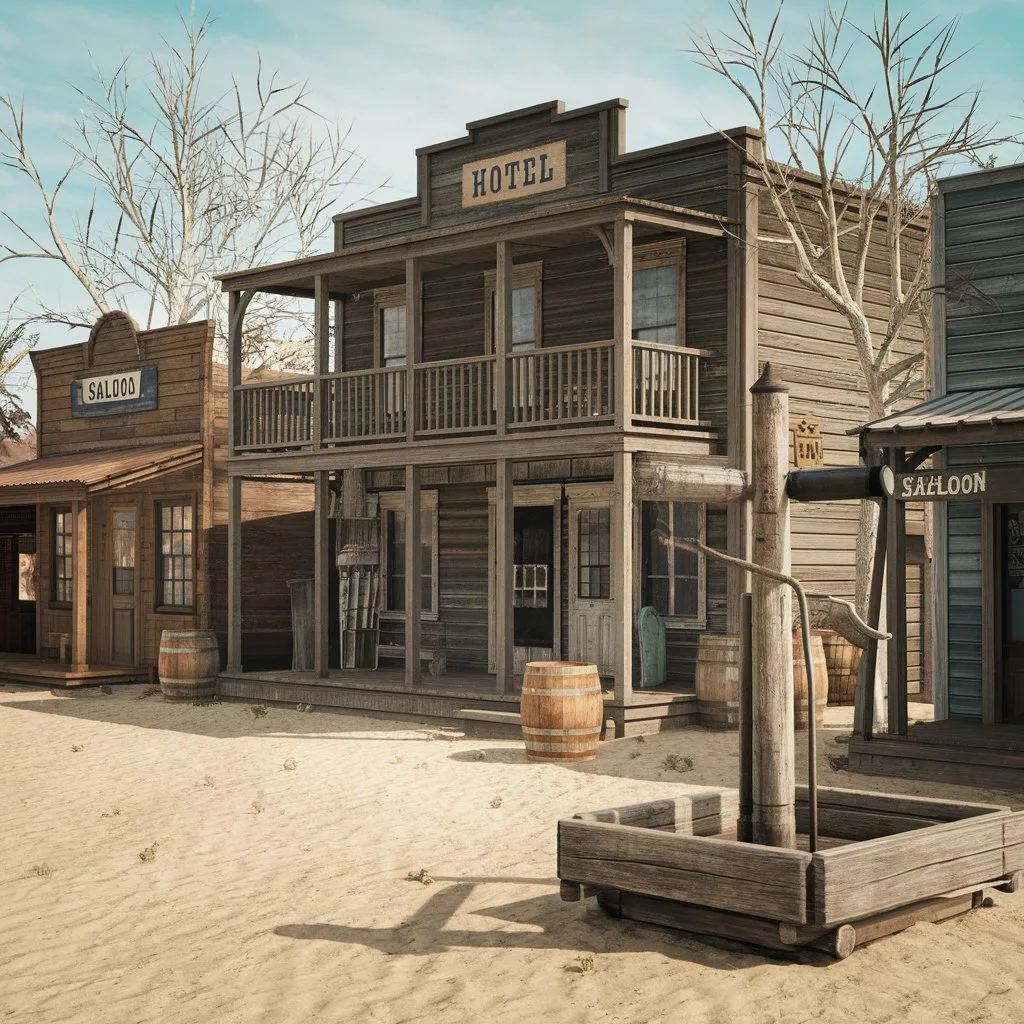
Although the western regions possessed mountain streams and rivers that provided fresh, pure water, what about the arid, desert states? Until recently, acquiring drinkable water was challenging, depending on where you were. The optimum time to collect water was while it was raining.
How People Avoided Dangerous Winds
The dusty and sandy winds of the western desert lands were one of the most difficult challenges that the frontiersmen faced in keeping themselves clean. When it comes to dust storms, the stronger the winds, the more sand gets swept around.
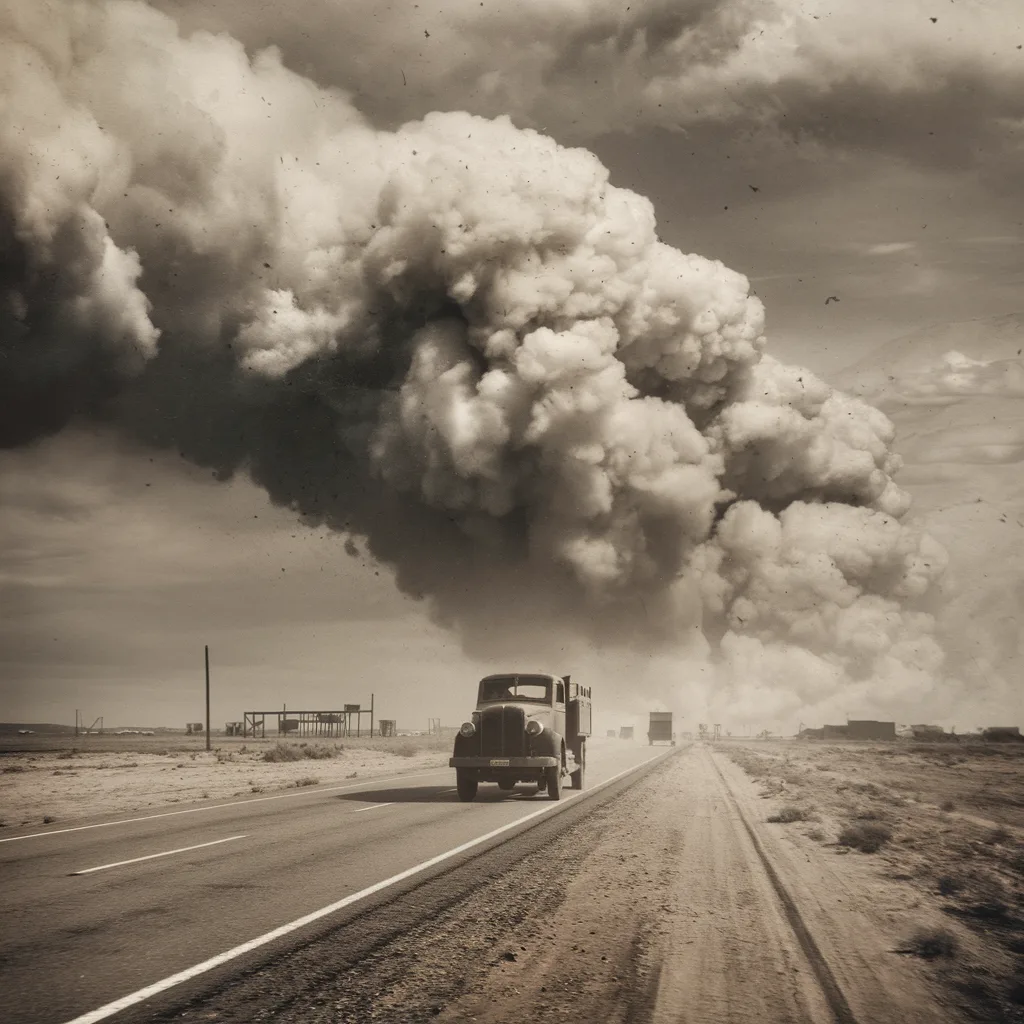
So they were cautious to protect their face and body from these violent gusts, especially because there is an increased risk of respiratory ailments and other health difficulties if you inhale sand or get too much dust into your eyes. Yikes!
Why Outhouse Wasn’t Sanitary
Toilets used to be outside the home, and they were essentially just a hut built to conceal a hole in the ground. If you’ve ever been to a carnival, a live event, or even a hiking and camping area, you’ll understand how unclean it must have been. The most unpleasant aspects of it are the particular fragrances, which eventually wind up tracking all types of bugs – nasty!
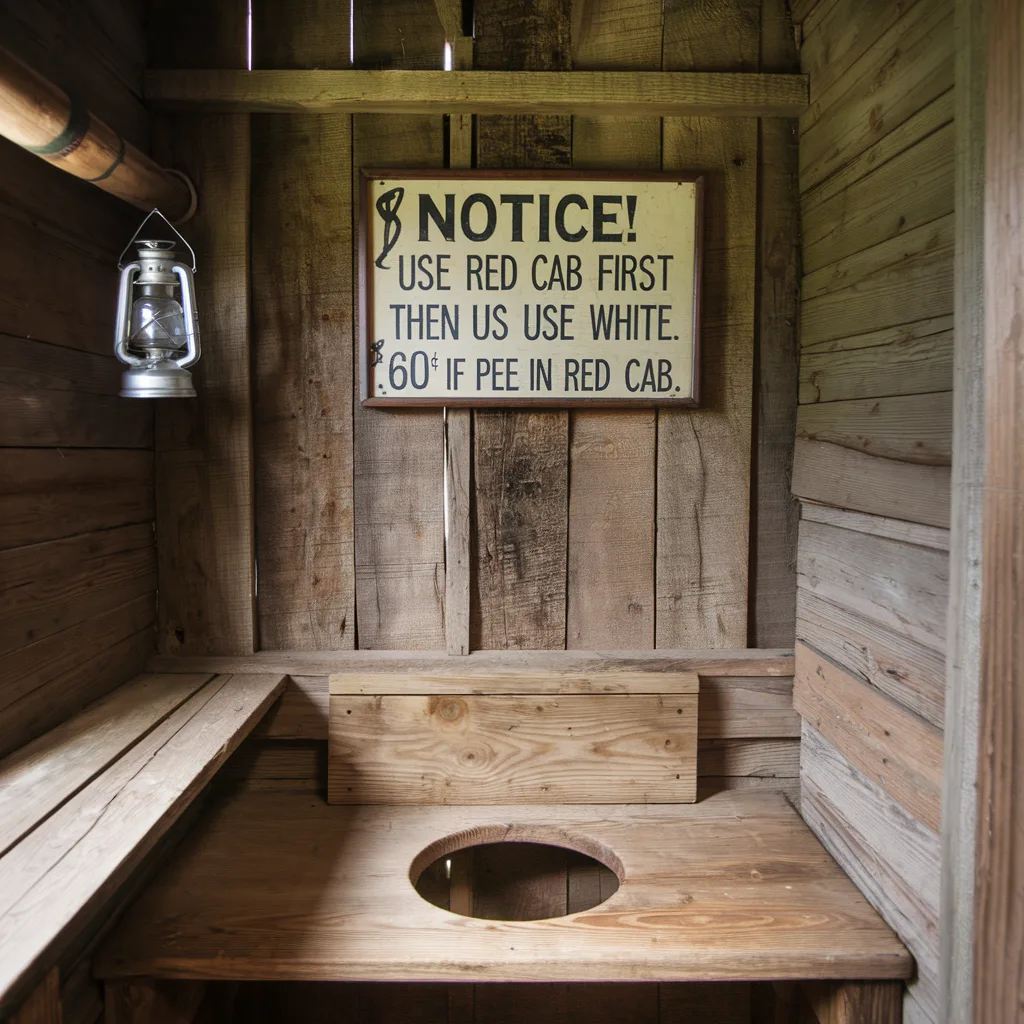
Not only were the shared outhouses unclean and breeding grounds for bugs, but toilet paper was not popular or widely utilized in the western world until the mid-1800s, so they used leaves, corn cobs, and grass, adding to the problem.
What They Uses as Shampoo
You know how fantastic it feels to have freshly cleaned hair that smells amazing? People in the Wild West didn’t have that experience.
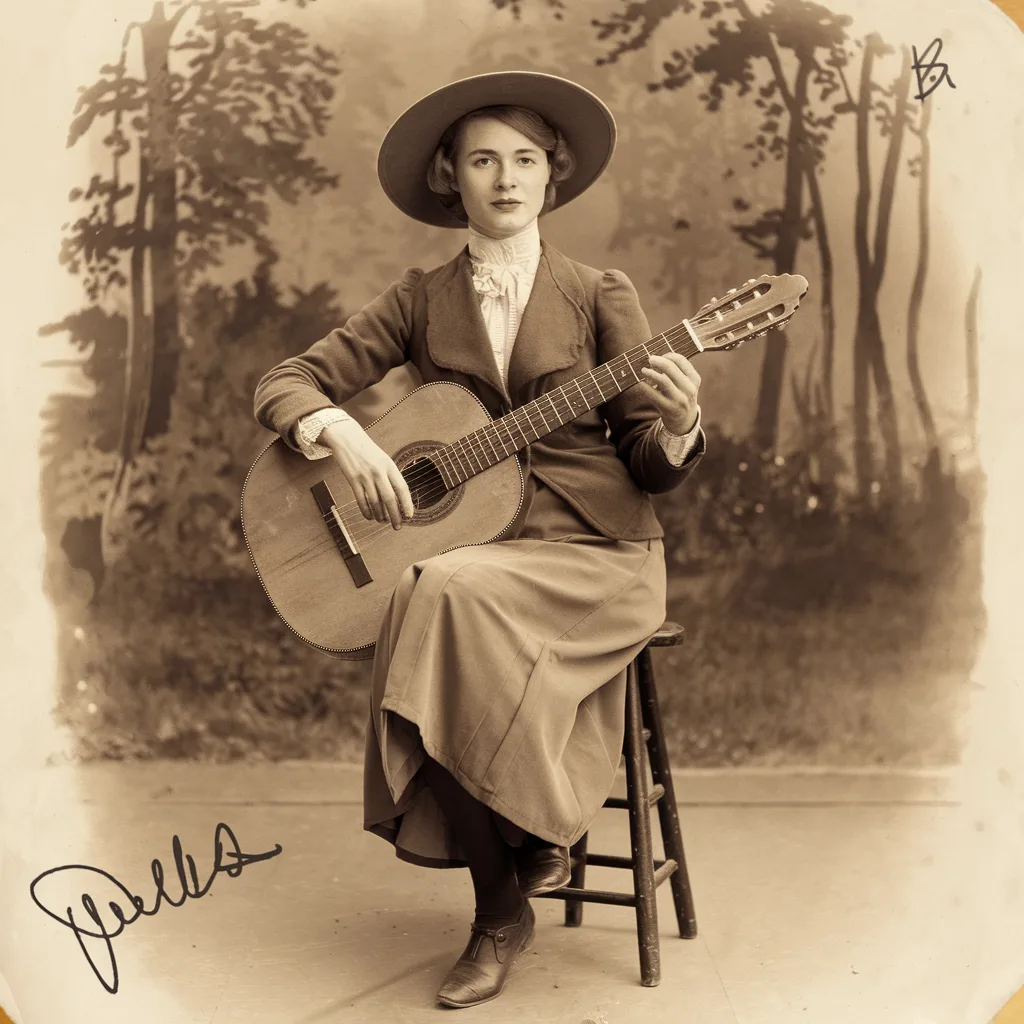
Men and women used to wash their hair with a scentless bar of soap prepared from lard and lye. Others utilized an unusual method of cleansing their hair: Whiskey combined with castor oil. Some women even used heated pencils as basic curlers when styling their hair.
Which Gender Was More Hygienic?
Historically, women were far more sanitary than men. Because water was so scarce for many individuals during the Wild West era, bathing was also rare. In fact, some folks only bathed once a week!
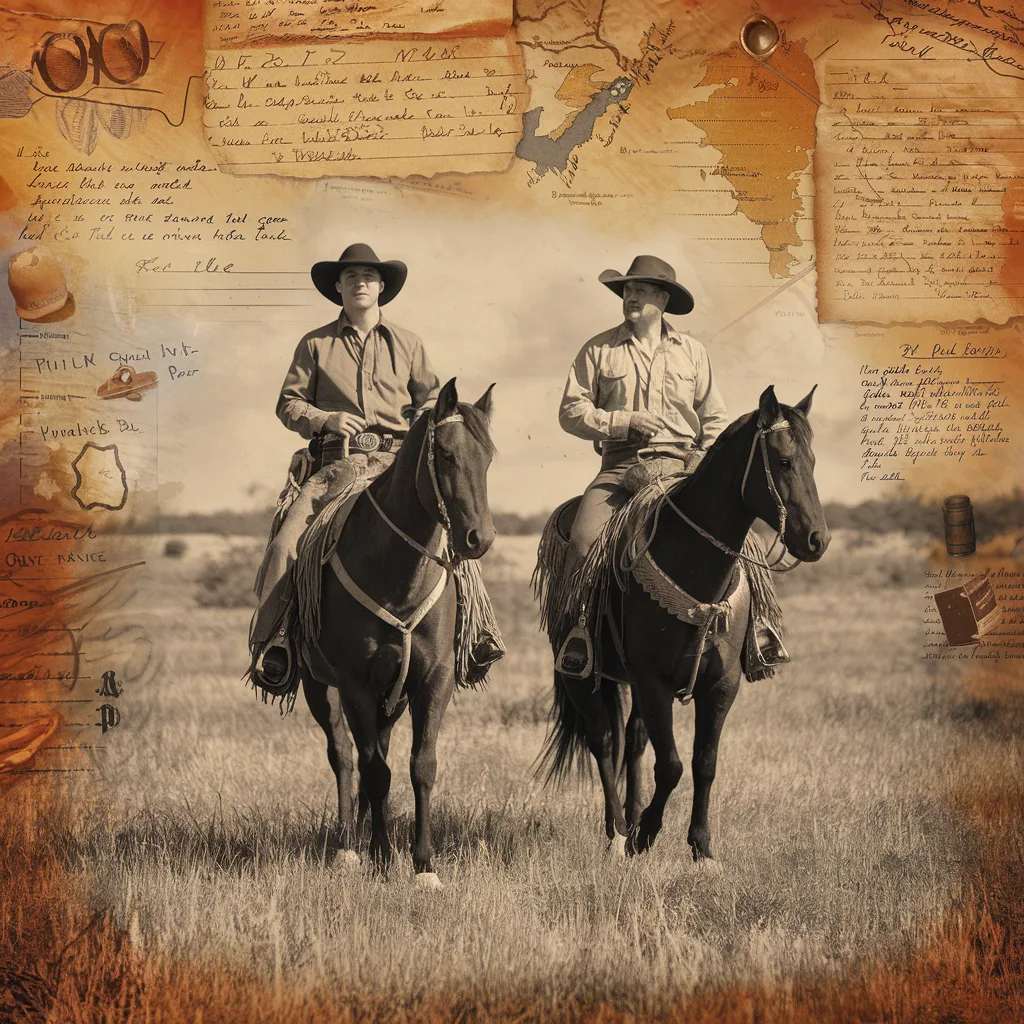
So it stands to reason that women, who were largely responsible for domestic activities indoors, would be considerably cleaner than men who toiled outdoors in the fields, constantly exposed to dusty winds.
What Really Went on in Saloons
For millennia, alcohol has been used in medicinal concoctions and to sanitize goods. However, the old western saloons were not as sanitary as one might expect – at least not at first.
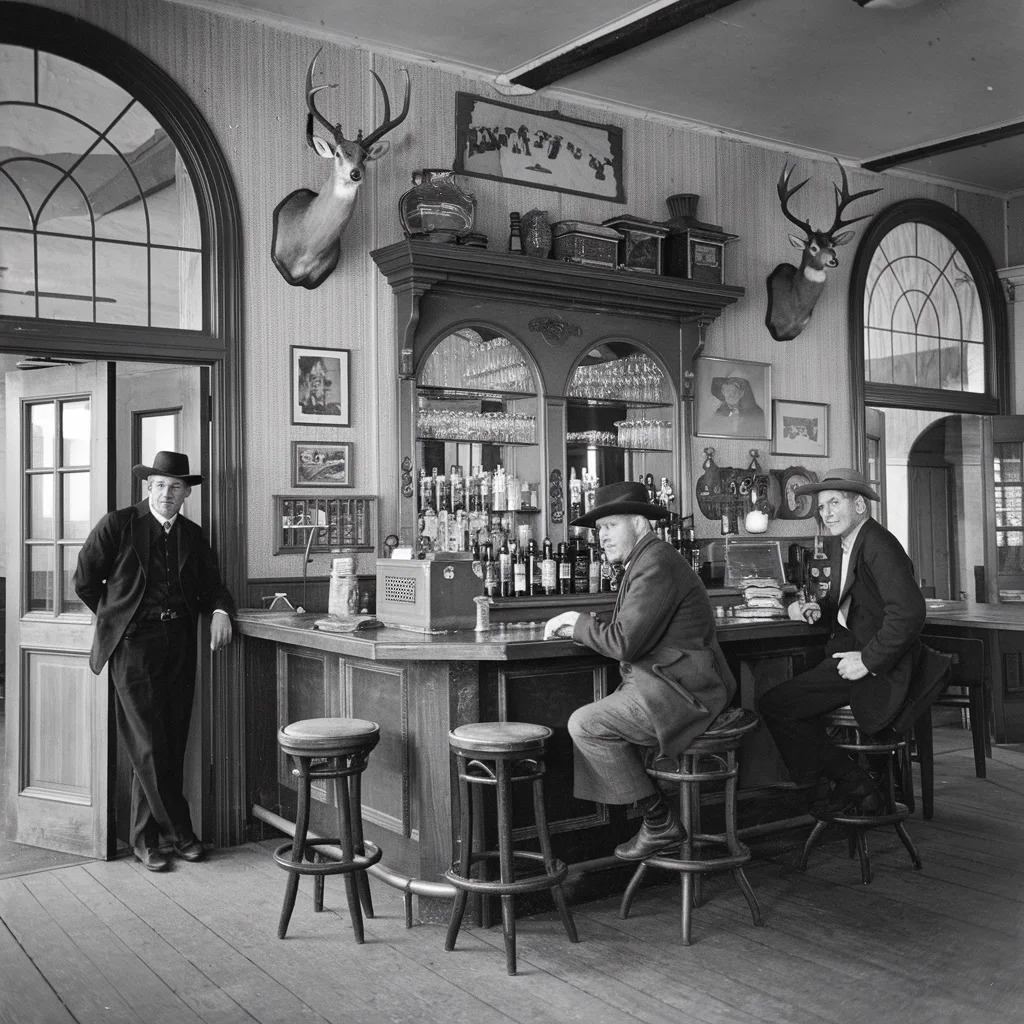
When the pioneers first discovered a new country, the saloons were improvised, offering low-quality liquor known as “rotgut”. In addition, bars had towels stacked on top of the rails. The towels were used to remove alcohol from men’s beards and were exceedingly unhygienic.
Why Men Had Long Hair
Growing out your hair and caring for your facial hair has become a popular trend among guys in recent years. However, frontiersmen and cowboys enjoyed getting a thorough cut and shave whenever they had the opportunity. Who doesn’t enjoy feeling clean and fresh while entering a new city? Right?
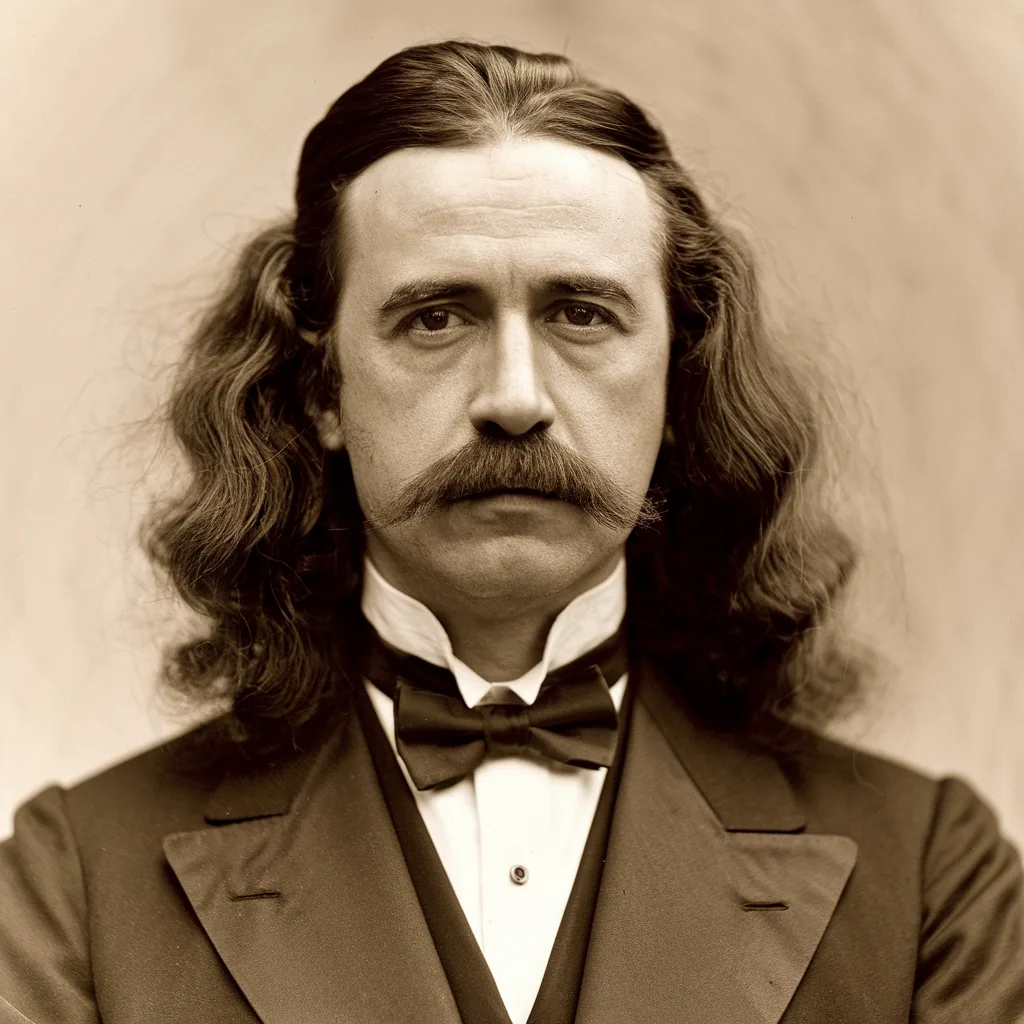
However, while traveling and discovering the lands, they did not have the time or resources to properly care for their long locks. Because of this, you could tell if someone had traveled far and wide simply by the length of their hair!
How Common Was Disease?
The whole purpose of the frontiersmen and pioneers to head out west was to explore the uncharted lands and expand our nation. But because of this, the conditions weren’t always the best or the easiest to endure. While they assumed that these brand-new lands would be fresh and clean, the explorers brought along with them bacteria and viruses from the eastern cities – along with encountering new ones, of course.
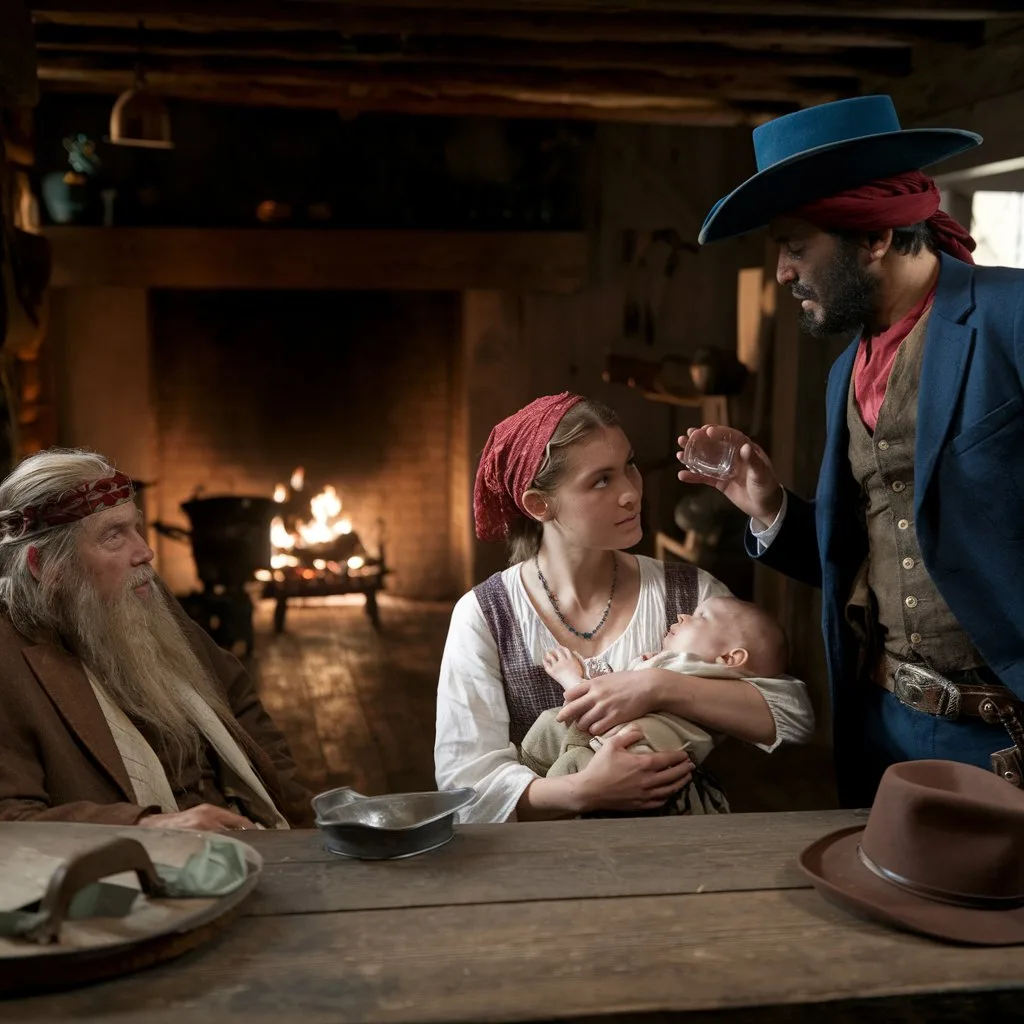
Not only that, but there wasn’t enough or appropriate medical treatment available to treat many of the medical conditions that arose. As a result, many people died from a variety of diseases, including influenza, measles, and tuberculosis.
The Real Reason Behind Bandanas
When dressing up as a cowboy or cowgirl for a costume party, what is one of the essential accessories you usually include in addition to cowboy boots and a hat? A kerchief or bandana, of course!
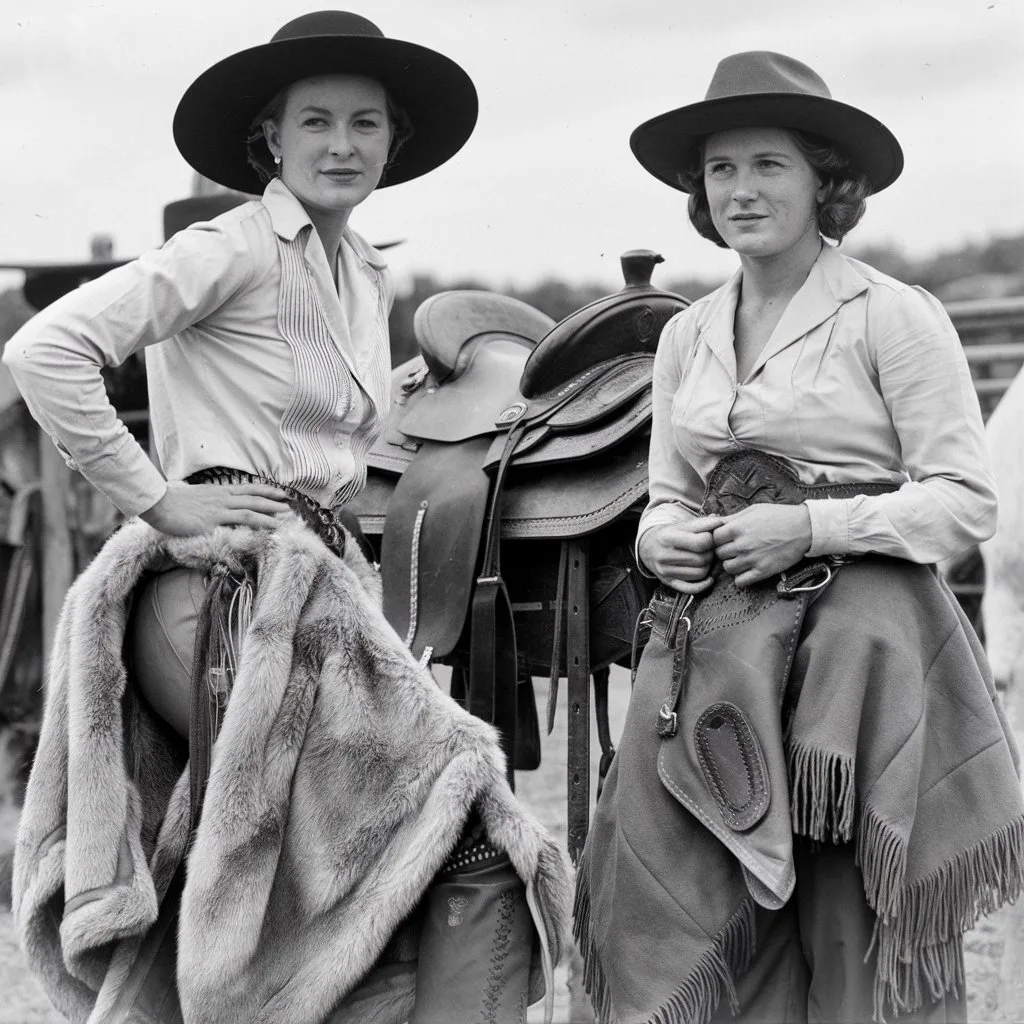
While we currently utilize it as a fashion statement, the American Western pioneers wore them for practical reasons. Remember how we discussed the perils of the Southwest’s dusty winds? Cowboys would wear kerchiefs to protect themselves from inhaling sand and grime in the wind, as well as to shield themselves from the Southwest’s blistering sun.
When Men Started to Cut Their Hair
We said before that the length of pioneers’ and cowboys’ hair was often a reflection of their hard-earned trips and adventures. However, as technology and appliances advanced, hairstyles and hygiene products evolved as well.
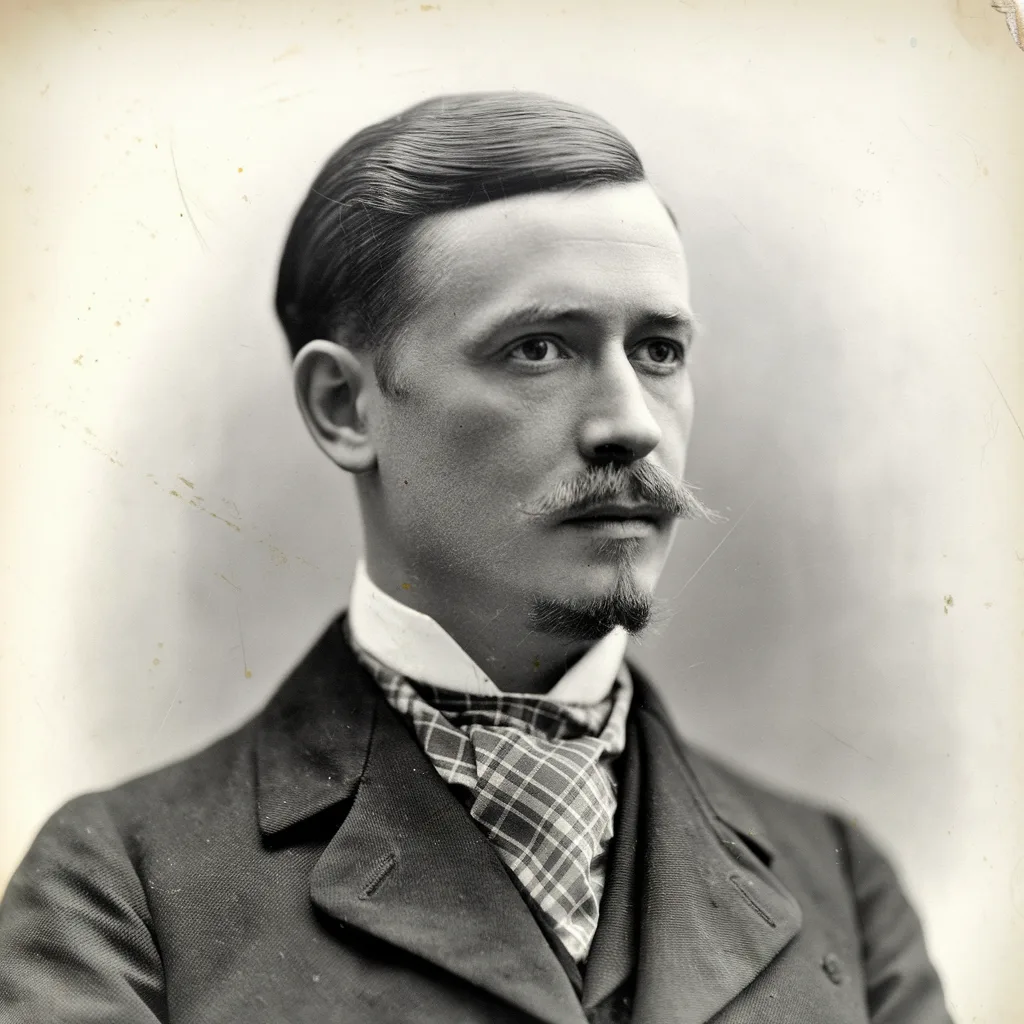
Men began to appreciate the importance of cleaning their hair and why having long hair could pose a risk. Soon, men began to trim their hair and shave their beards, and a new clean style became popular.
How People Dealt With Tooth Pain
Unfortunately, dental goods, like water, were a scarce supply. Not only was brushing your teeth rarely performed, but the procedures and standards for oral and dental diseases were highly strict. For example, if you had a cavity or needed a root canal, the standard procedure was to simply pull the tooth out!
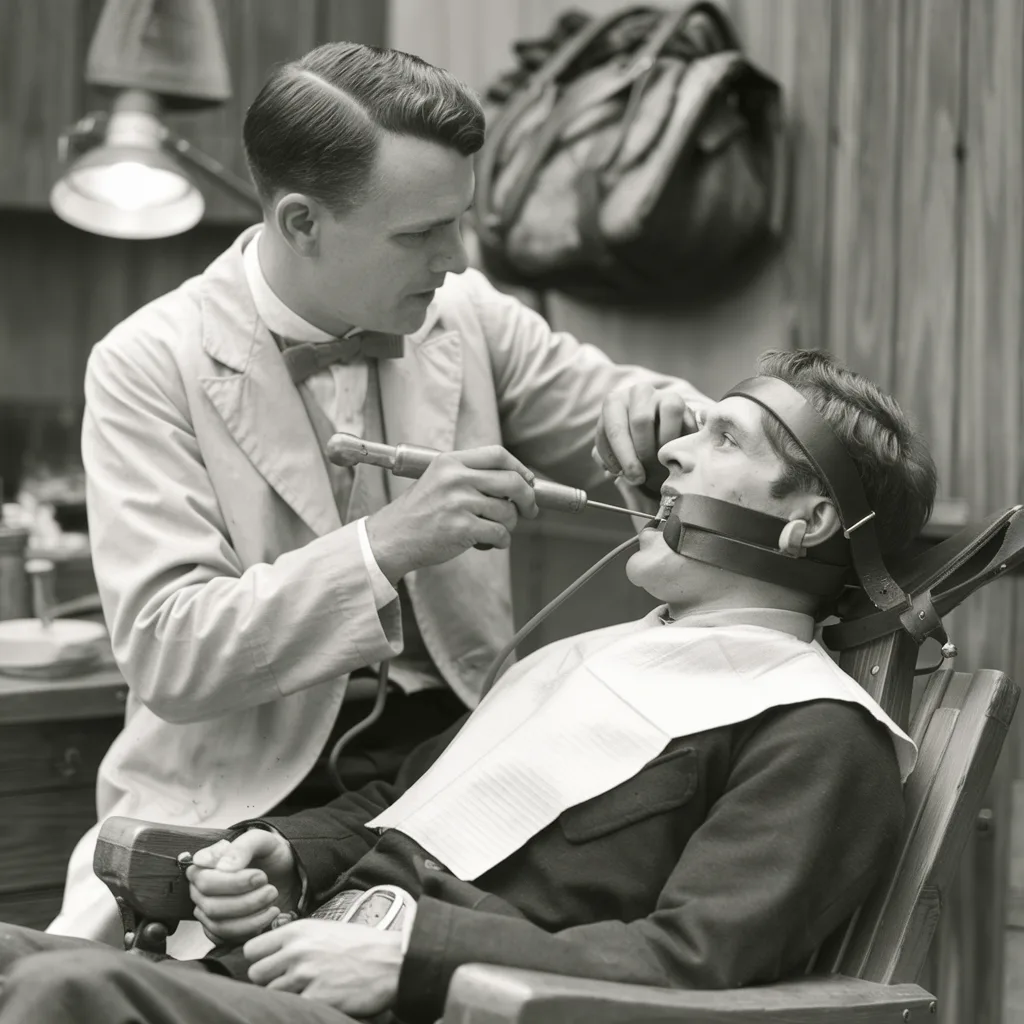
Not only that, but because there were few dentists in the area at the time, barbers or blacksmiths were known to extract your tooth with pliers – ouch! Because there were no anesthetics, patients were given whiskey to help them feel less agony.
Why They Didn’t Shower Often
Surprisingly, the people of the American West were concerned that washing too regularly was bad and would cause them to grow sick. There were concerns that if you were “too clean,” your pores would be “too open,” therefore creating a breeding ground for bacteria and diseases. Interesting idea and concept. Right?
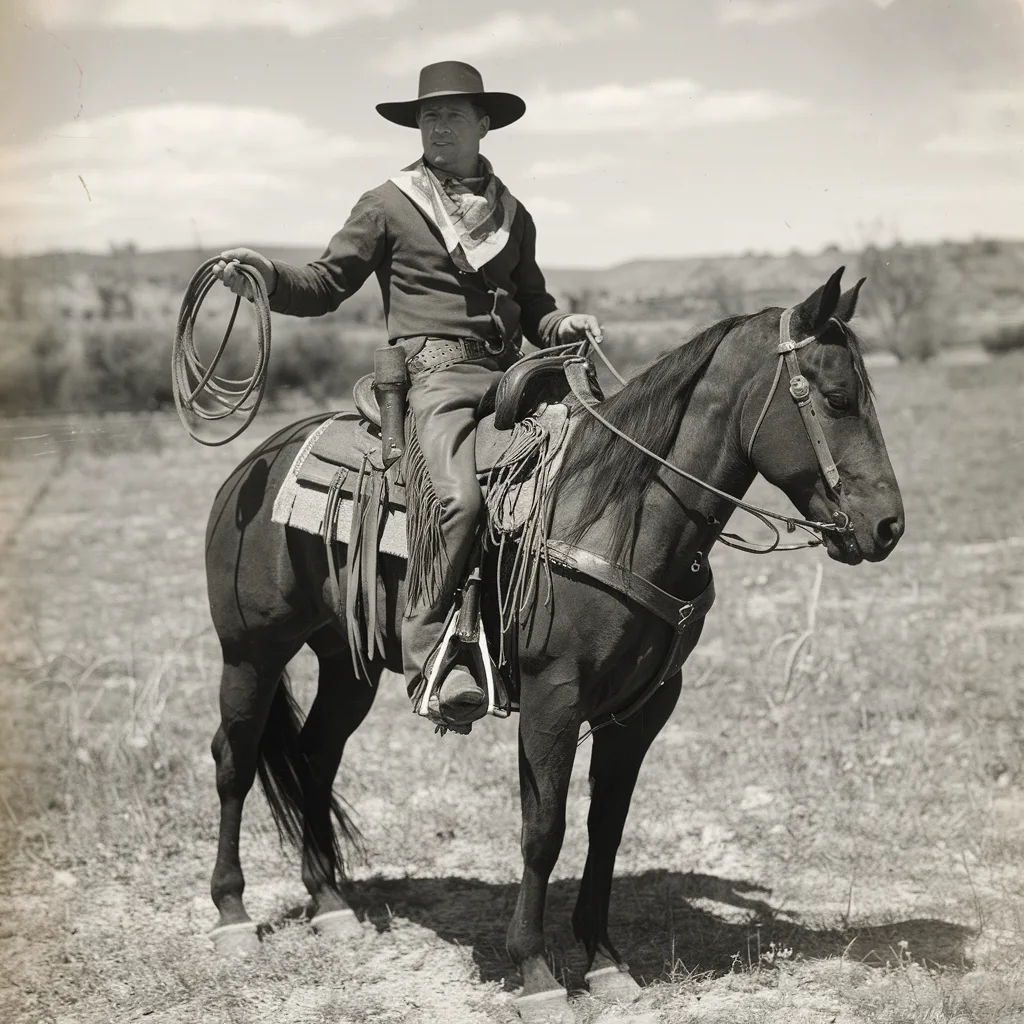
Not only that, but as previously stated, due to the difficulty in obtaining clean, uncontaminated water, many individuals were forced to skip showering and bathing on a regular basis. Unfortunately, they were mistaken, and cowboys suffered fungal illnesses as a result of wearing the same clothes for days on end and not showering.
Were Horses Hygienic?
Most of us believe that frontiersmen and cowboys are what they claim to be. But what makes them such broody, heart-melting fellas that we swoon is that they are renowned to be expert horseback riders. Unfortunately, the combination of extended journeys and poor sanitary practices while riding these gorgeous creatures came at a cost.
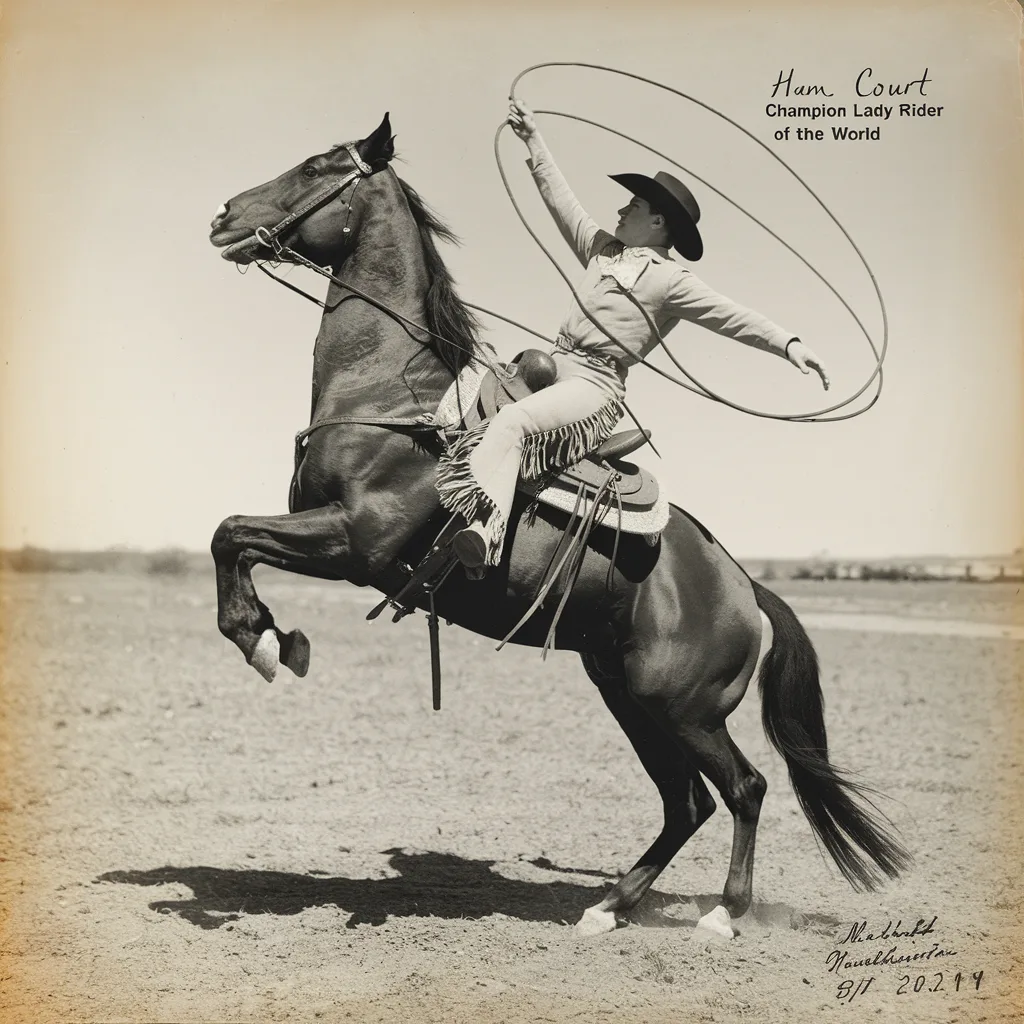
If cowboys weren’t bathing frequently, neither were their beloved equine companions. So, parading into town after a long trek presumably suggested they were quite stinky. What shall we say? It is preferable to have swooned from a distance.
What Did They Drink?
Back then, there weren’t many options for entertainment. Cowboys would generally spend their free time in the saloon. During that period, “whiskey” was a popular drink made from burnt sugar, alcohol, and chewing tobacco. This cocktail was quite potent.
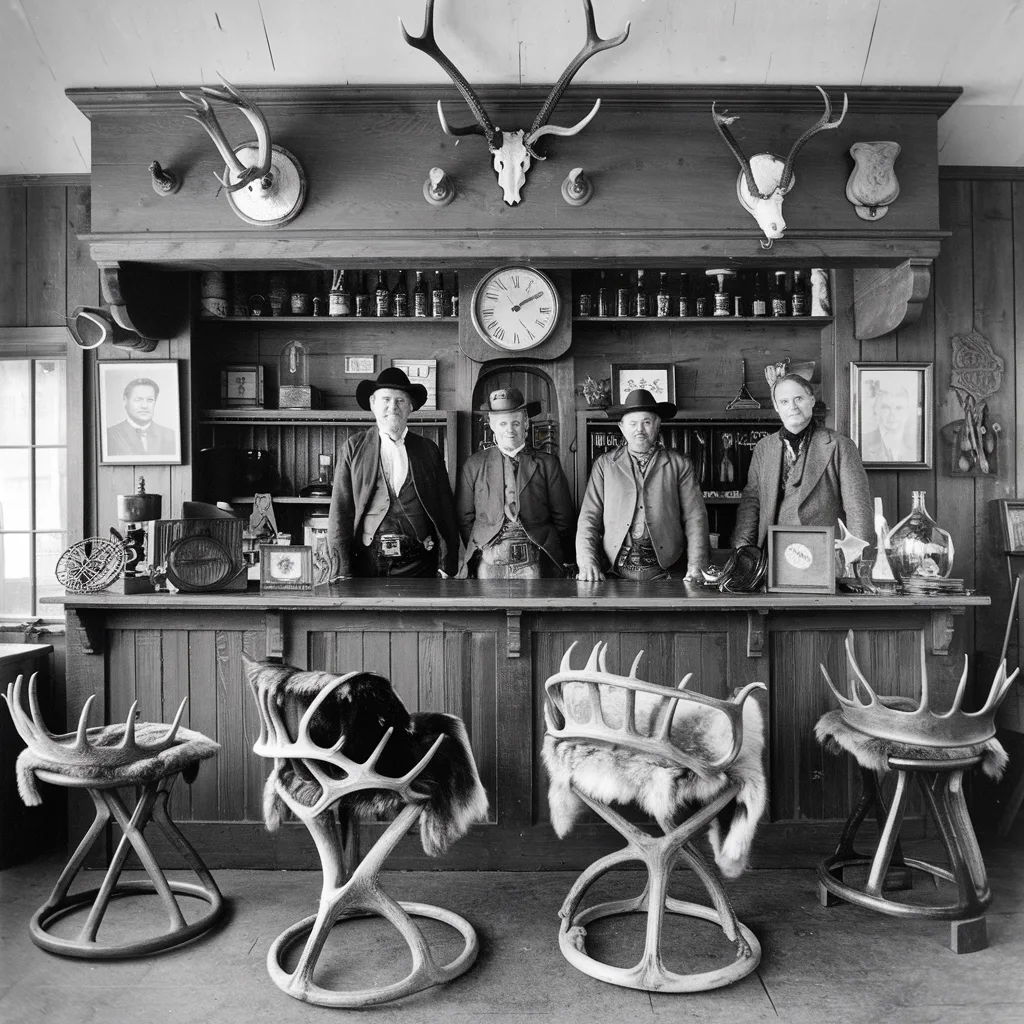
Another popular beverage was cactus wine, which was created with tequila and peyote tea. Both of these cocktails prompted many cowboys to become violent, and bar fights were not uncommon, sometimes resulting in death.
Where They Got Food
During the California Gold Rush, whiskey was one of the most common “foods” included in a standard daily meal, alongside pork and beans. However, during the Wild West era, their meal plans were typically modest and sparse.
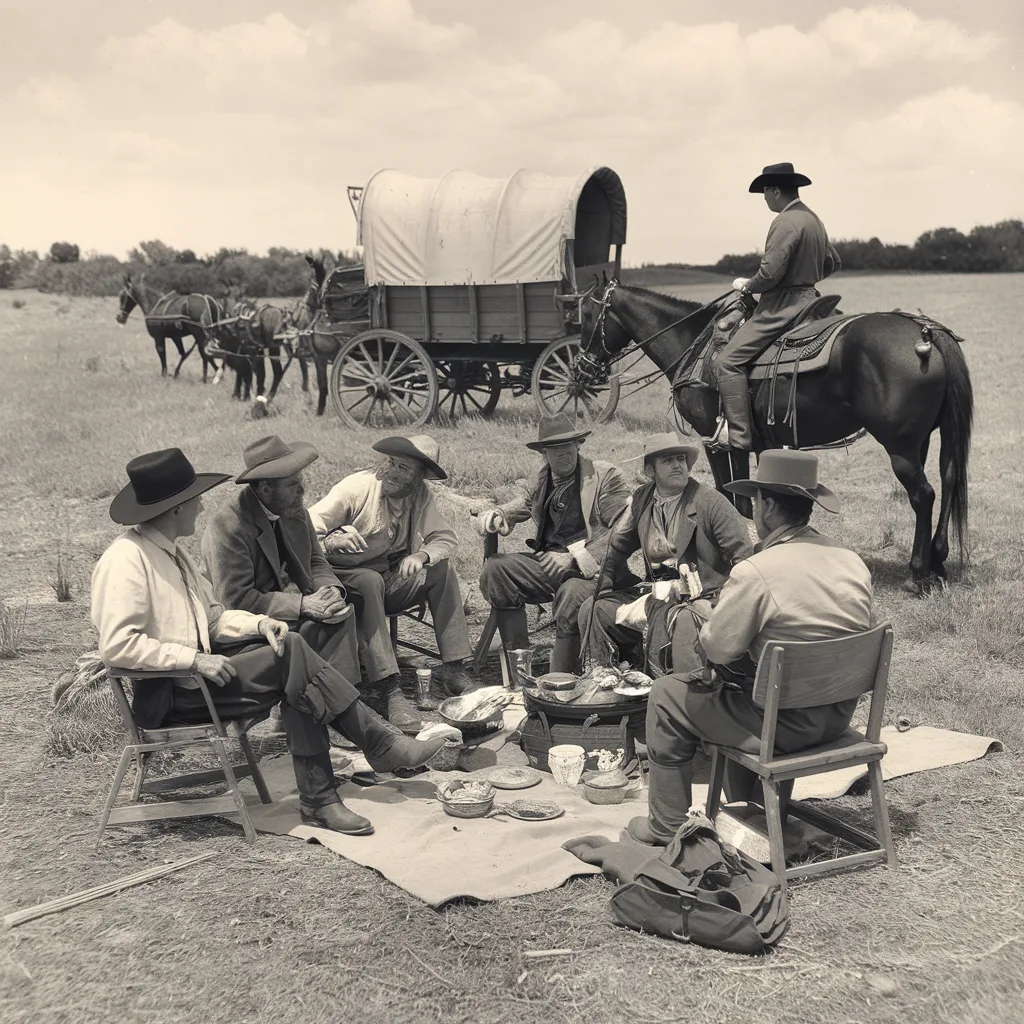
However, because it was difficult to obtain anything before the railroads were created, many of the wild, wild west meals came from nature. This means that the pioneers would hunt their food whenever possible. As the settlements grew, new food products and recipes were available.
How They Kept Clean
Our everyday shower habits have developed over time. Partly because it is convenient and comfortable, but also for health reasons. Even the cowboys and girls of the Wild West appreciated staying clean and rejuvenated. Bathing is still considered a luxury today, but the pioneers discovered a method to have a good, delicious bath in the gorgeous Rocky Mountain state of Colorado.
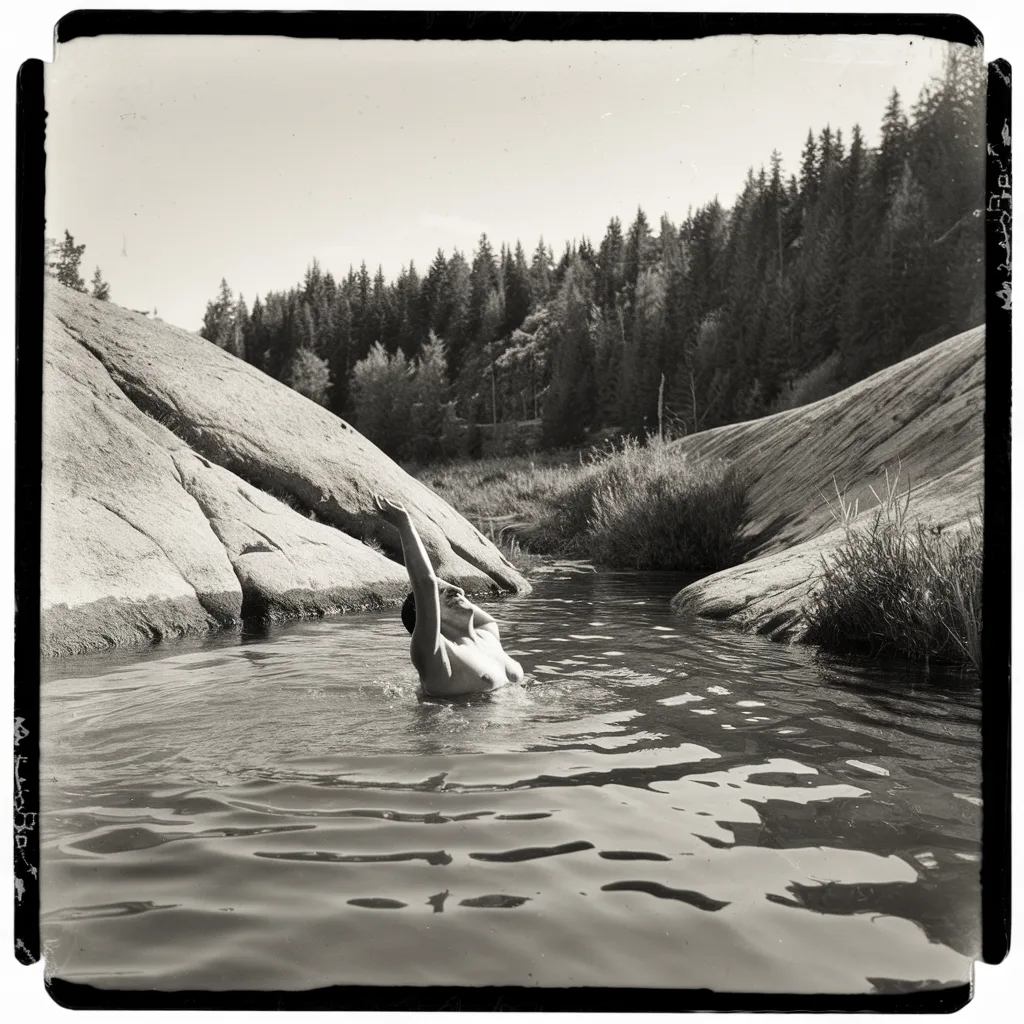
The pioneers discovered Pagosa Springs and took baths there. Not only that, but they believed the water could be utilized as a specific treatment to cure or mend various illnesses; it’s no surprise that so many hot springs have been converted into spas.
The Odd Treatment Doctors Recommended
As previously said, the pioneers believed that hot springs contained specific thermal fluids that could heal and treat a variety of ailments. Another example is the Hot Springs of Arkansas.
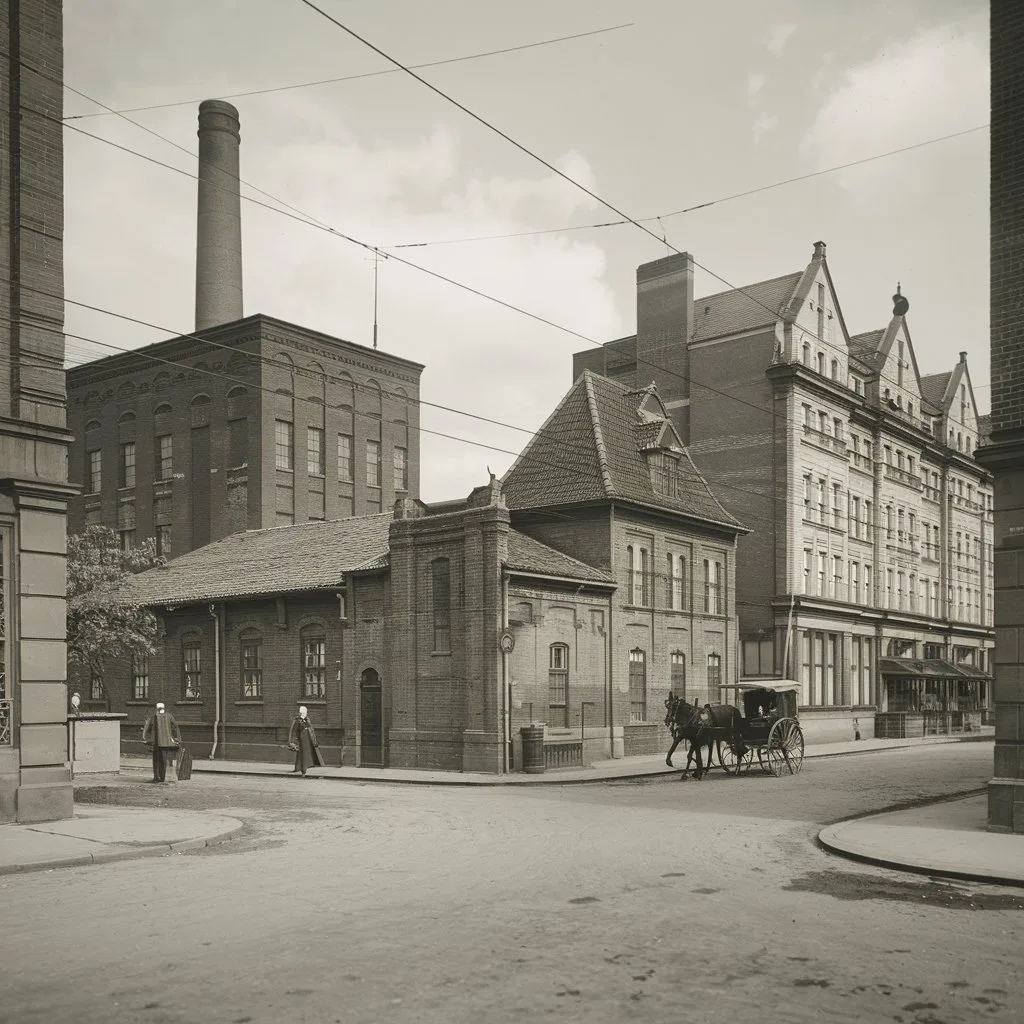
While we today have a variety of treatments and treatment programs for joint and muscle disorders, it appears that both American and European medical professionals would advise their patients to visit and engorge themselves in these hot springs to alleviate back pain and inflammation. So, in the nineteenth century, people would travel thousands of kilometers only to receive a taste of the healing waters.
What They Used Instead of Medicine
Technology, science, and medicine have advanced at an unprecedented rate in recent years. So, even though the American Frontiers of the nineteenth century were just a few centuries old, their lack of medicine was a severe issue.
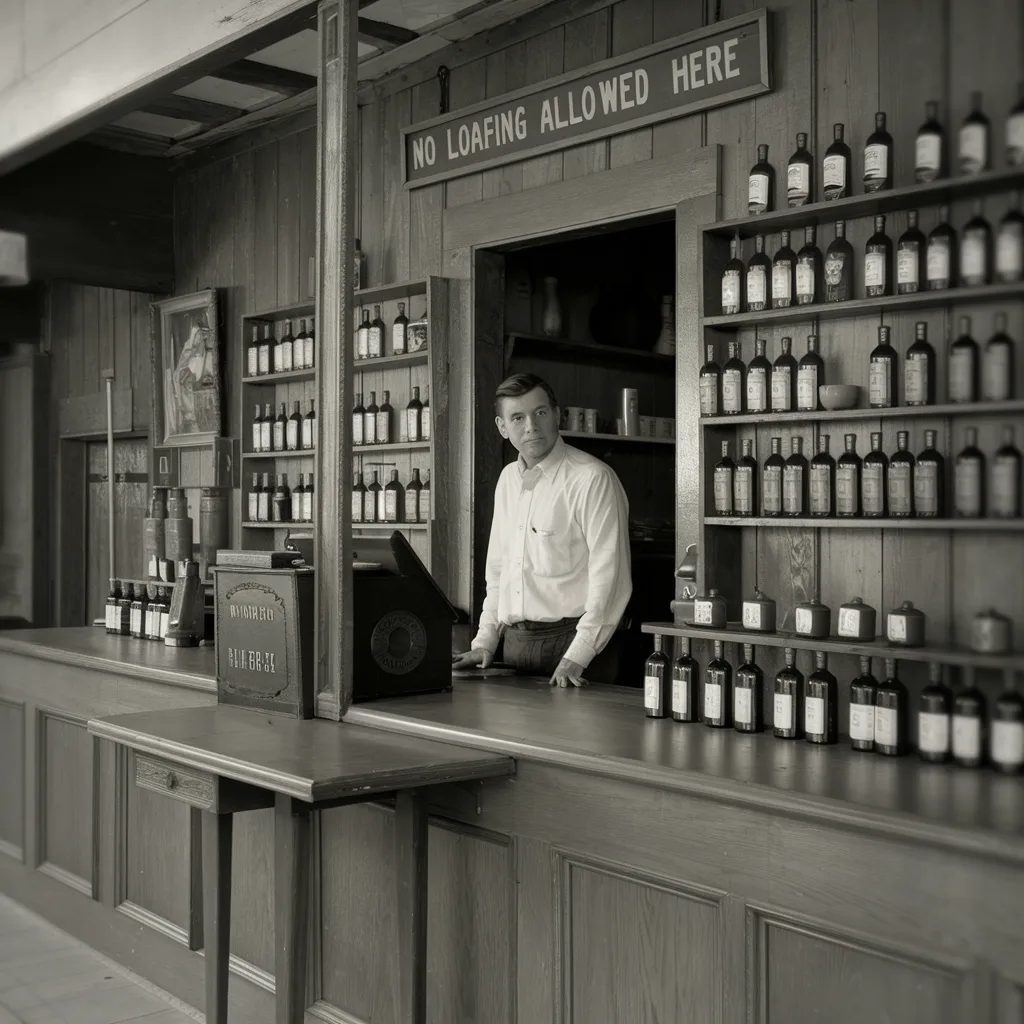
But do not worry. Previously, people relied on unique concoctions and beverages rather than medicine. Brandy was a particularly popular choice of liquor for medical or sedative purposes. Another interesting aspect is that they gave their concoctions unusual names like Coffin Varnish or Tarantula Juice.
How They Used Metals for Hygiene
When we think of the Wild, Wild West, we usually see saloon battles between sheriffs and cowboys. However, mining was an important element of this time period. After all, it was primarily the pursuit of gold that drove us west in the first place.
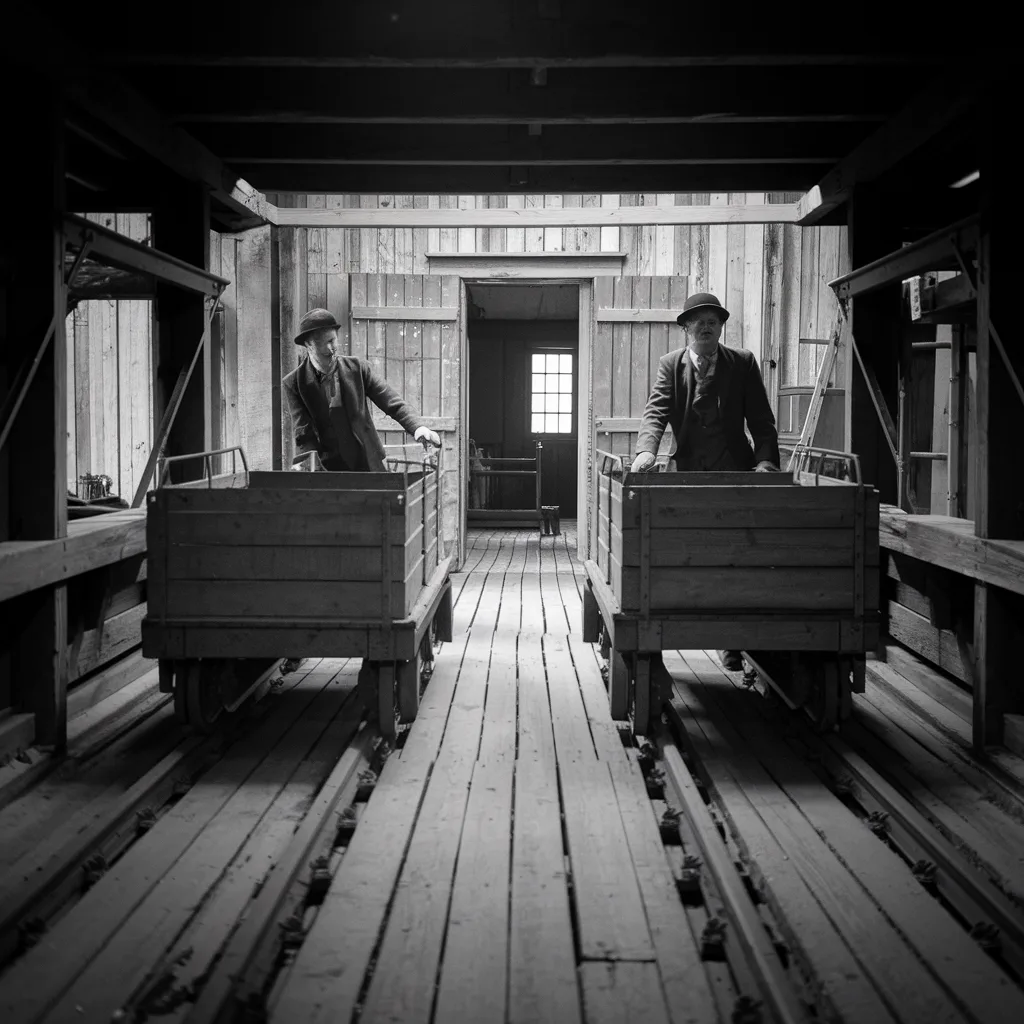
However, gold was not the only thing unearthed in the magnificent, mountainous western states. Many valuable minerals and metals, including brass, bronze, coal, copper, iron, silver, and more! Little did they know that many of these metals would eventually be employed for hygiene and medical equipment.
How They Chose to Unwind
Even in today’s environment, many people turn to one thing when they want to escape or go away. To have some fun and experience a new type of universe outside of their reality, individuals travel to Sin City to gamble at Las Vegas casinos. But have you ever thought about how it all started?
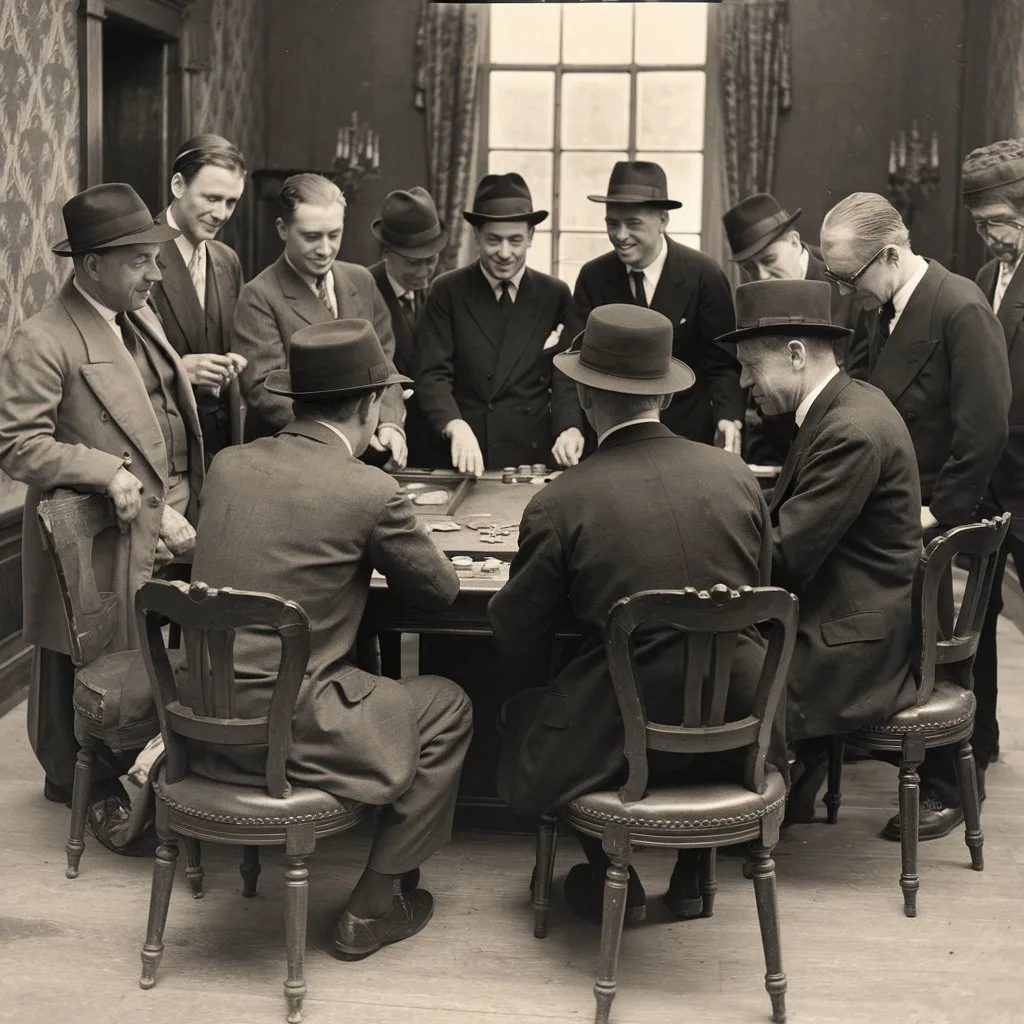
For decades, our pioneering American forebears have been playing the Sin City game. Relaxing with their three W’s: whiskey, gambling, and whoring.
Were Cowboys Spiritual?
Proper healthcare also includes taking care of your emotional and mental wellbeing. Right? It is well known that Native Americans practice particular rituals and ceremonies for healing and connecting with other spirits, but did Western American cowboys do anything similar?
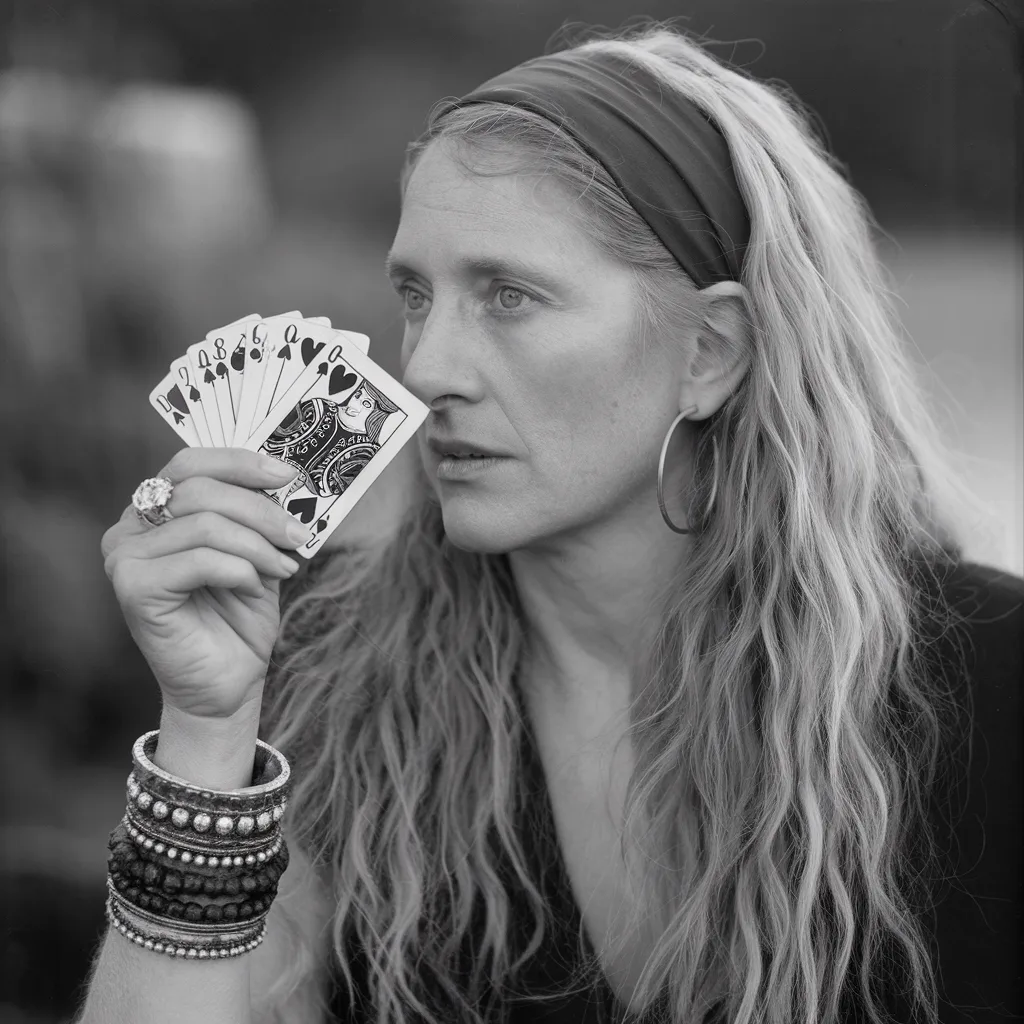
In truth, cowboys and pioneers believed in several superstitions and practiced fortune telling! From crystal ball gazing to tarot card readings, newcomers who migrated from Europe, such as Romani Gypsies, kept up their mystical fortune-telling practices.
How They Stayed Entertained
Discussing emotional and mental wellness. While some people enjoyed gambling, others found entertainment in other ways. What is another way that many of us save and plan for? Concerts and live performances, of course!
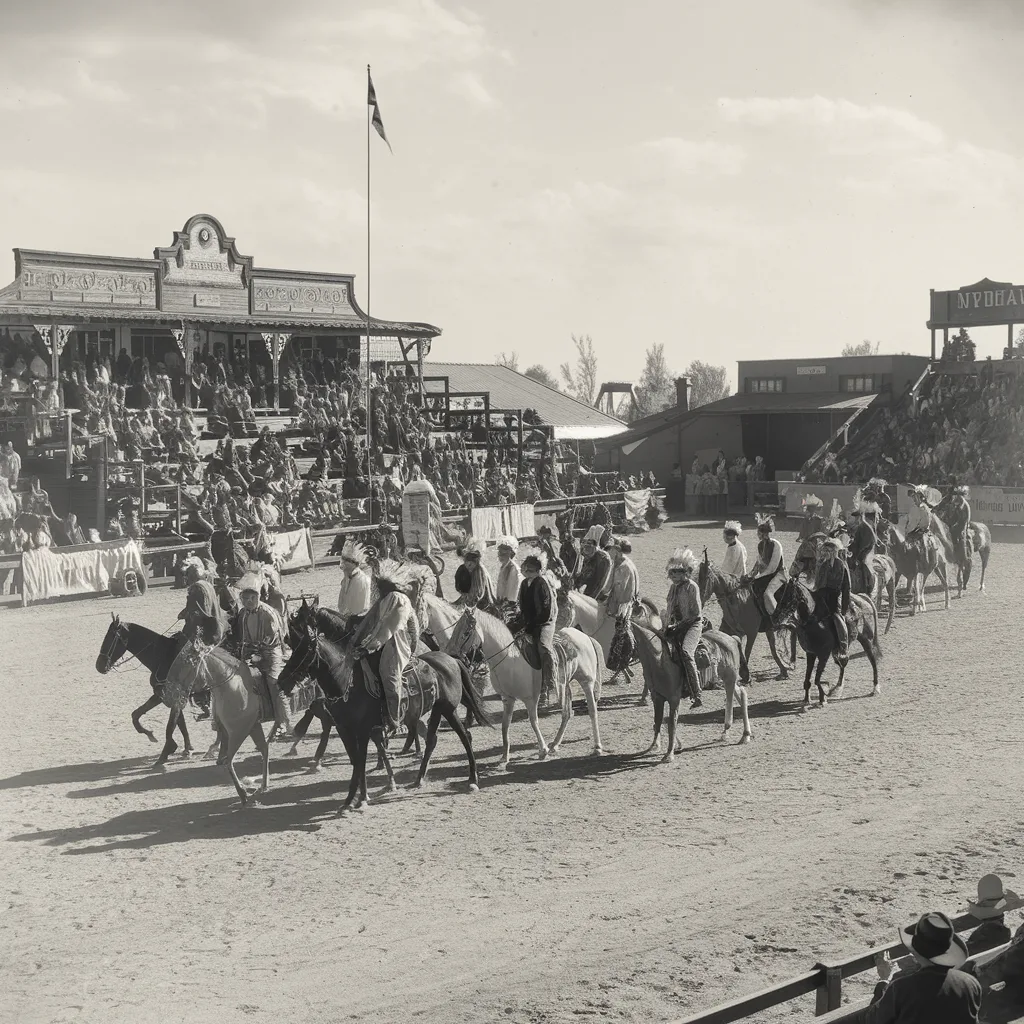
Back in the mid-nineteenth century, Buffalo Bill’s Wild West Show was one of the most spectacular attractions and performances. The annual traveling tour show featured a variety of great western entertainment, including theatrical reenactments of battles and shoot-outs, amusing feats and pranks, and, of course, the legendary frontiersman Buffalo Bill.
How Explorers Mapped the Land
What characterizes the wild, wild west? The fact that it is uncharted territory. Right? Curiosities about what is above and beyond the Rocky Mountains and huge sand dunes of the southwestern desert inspired frontiersmen, particularly the Wheeler Survey Group, to explore the territories.
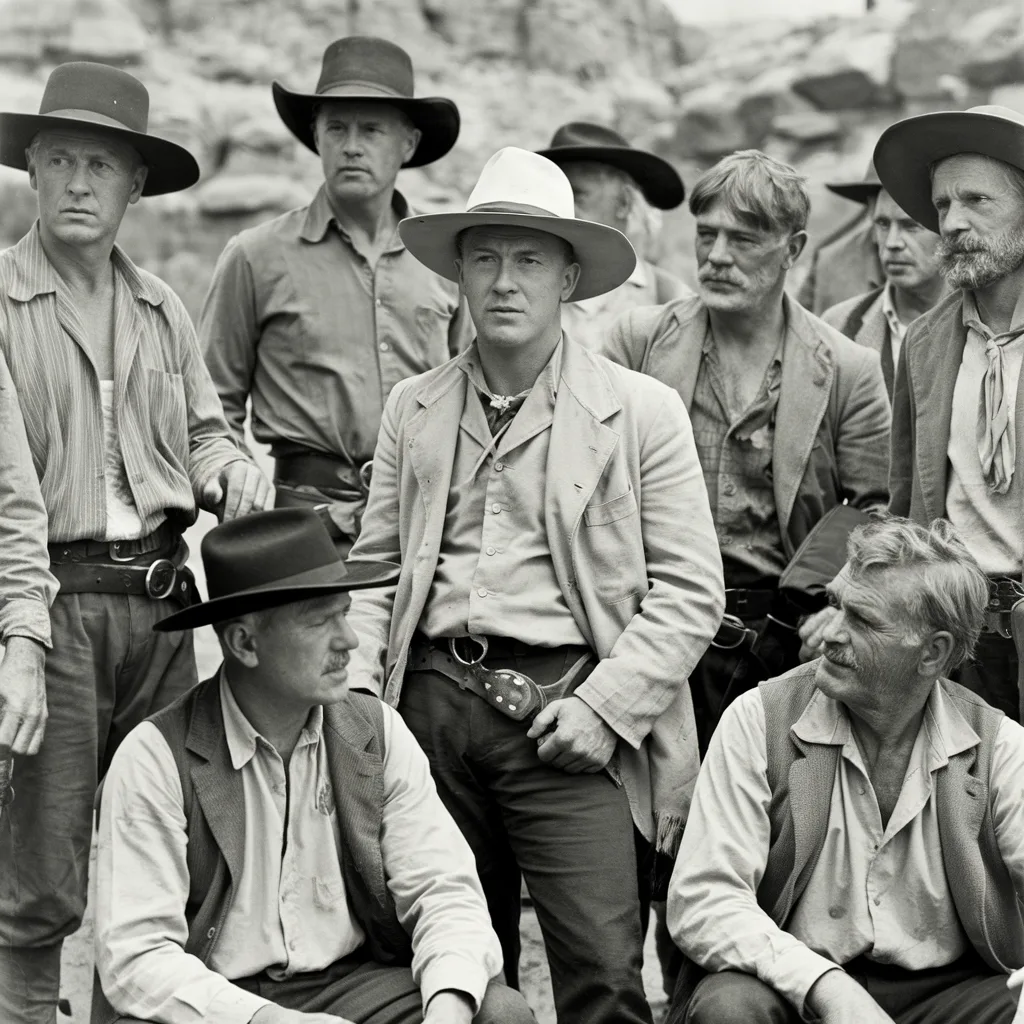
From 1869 to 1879, a group of men led by Captain George Montague Wheeler explored specific areas in the southwestern region – now known as Wheeler Geologic Area in Colorado, Wheeler Peak in Nevada, and Wheeler Peak in New Mexico – and produced topographic maps and wildlife documentation of their discoveries. How cool!
The Multicultural Past of New Mexico
What distinguishes New Mexico is the remarkable blend of Spanish, Latin American, and Native American culture and architecture. The Old Mission Church in New Mexico is one of the most cherished architectural and tourist attractions today, with its rich Western American history.
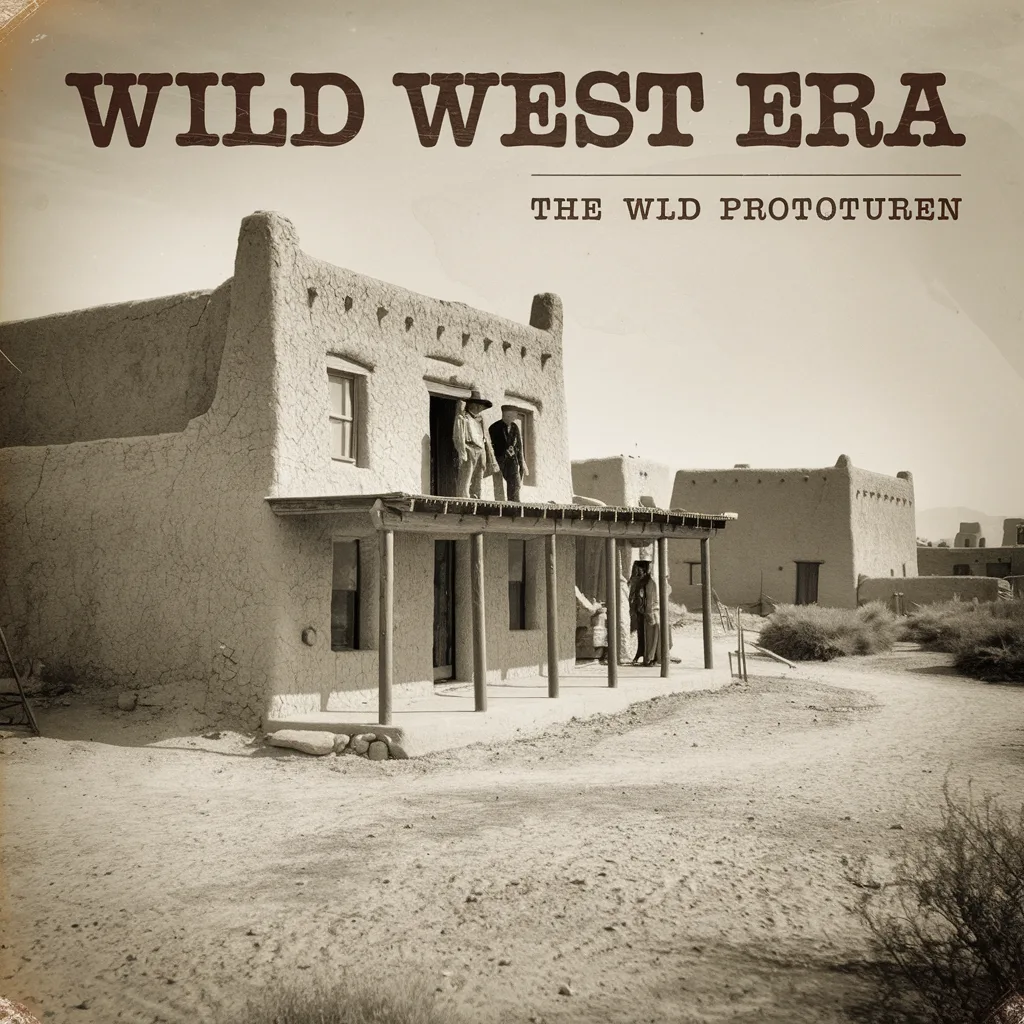
Not only has it stood strong for centuries, but it has also survived various experiences such as the Pueblo Revolution, ownership transitions between Mexico, Spain, and the United States, and was once occupied by Franciscan monks!
What Famous Landmarks Looked Like Back Then
Along with the Wheeler Survey Group’s discoveries of the Rocky Mountain and Southwestern states, as well as the Old Mission Church in New Mexico, numerous landmarks discovered by our frontiersmen over a century ago remain intact. However, the environment changes throughout time, and this shot exemplifies this perfectly!
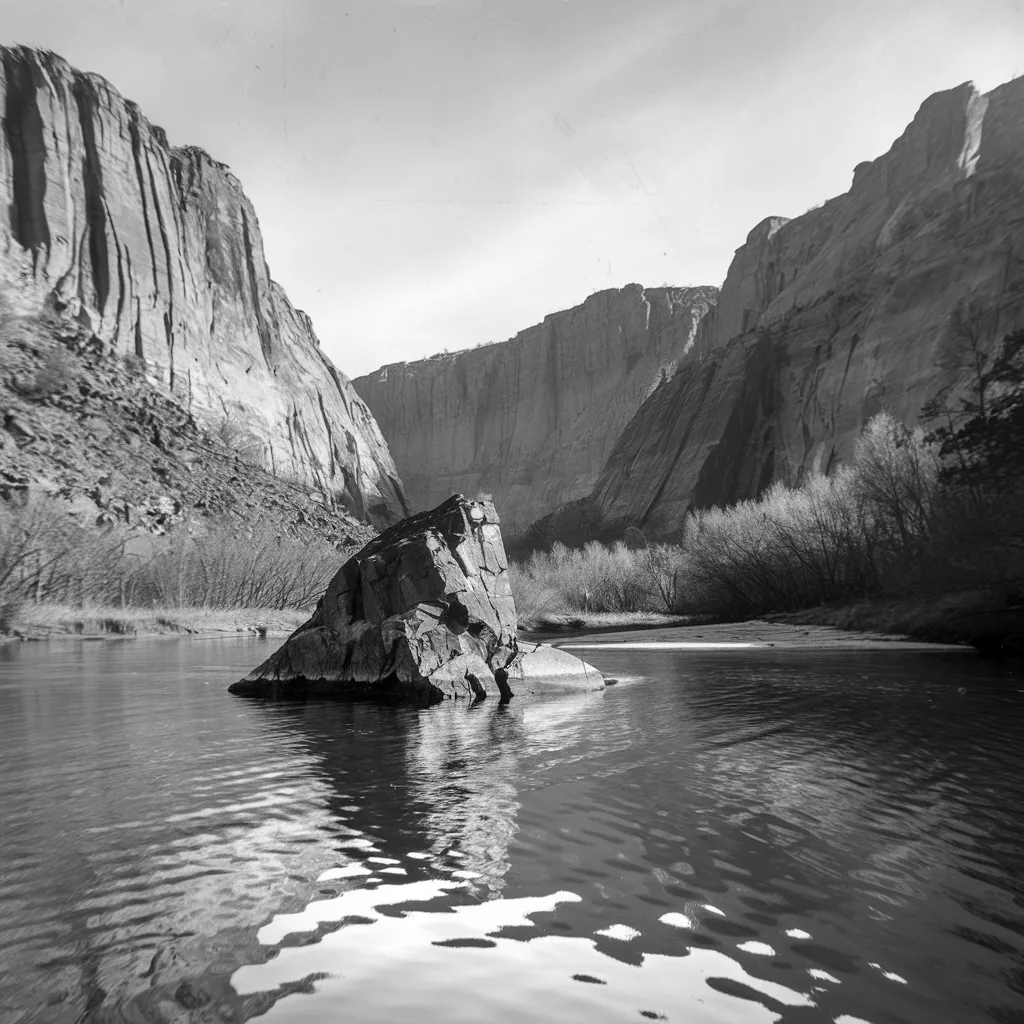
This photograph, taken in 1871, depicts a waterfront along the Hoover Dam. However, now, that area is part of the Black Canyon along the Colorado River. That’s crazy!


